

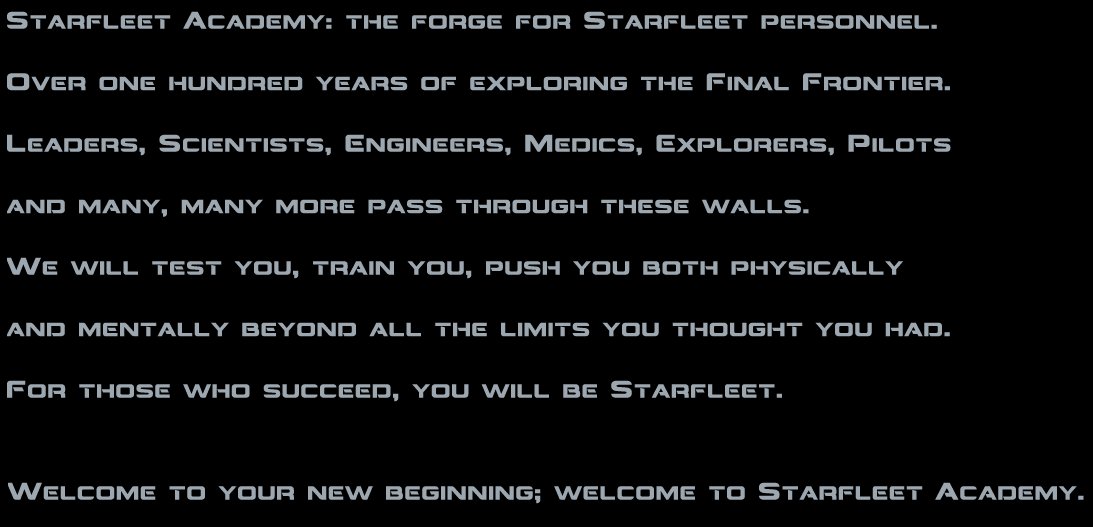
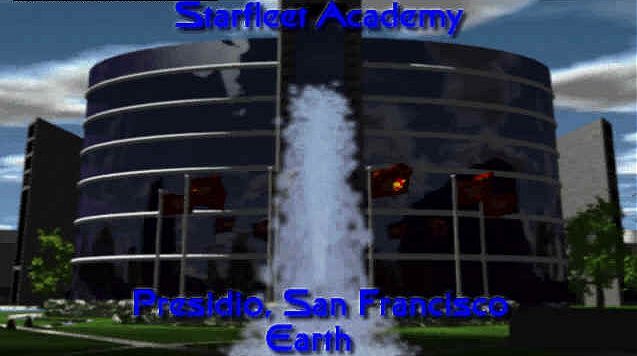

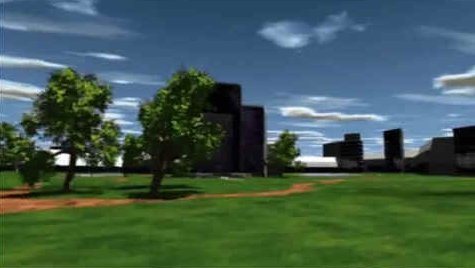
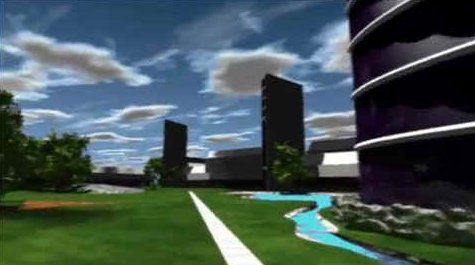 Starfleet Academy is the starting block for all Starfleet personnel: from enlisted personnel to the Commander-in-Chief Starfleet. Starfleet Academy is split into 8 schools: Beginner training, Command, Engineering, Science, Medical, Security, Federation Starfleet Marine Corps and Special Services. The Academy is based in San Francisco, overlooking the bay, but is actually spread over the majority of the Federation worlds. The Commandant of the Academy is presently Commandant T'Lora, ex. of the starship Endeavour. Each school has its head of school, although the most famous of guests tend to frequent the Command school.
Starfleet Academy is the starting block for all Starfleet personnel: from enlisted personnel to the Commander-in-Chief Starfleet. Starfleet Academy is split into 8 schools: Beginner training, Command, Engineering, Science, Medical, Security, Federation Starfleet Marine Corps and Special Services. The Academy is based in San Francisco, overlooking the bay, but is actually spread over the majority of the Federation worlds. The Commandant of the Academy is presently Commandant T'Lora, ex. of the starship Endeavour. Each school has its head of school, although the most famous of guests tend to frequent the Command school.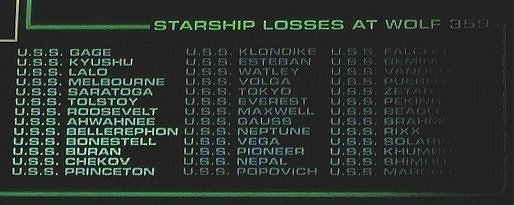 Starfleet offers the opportunity to explore new worlds, discover new life and civilisations and to go where no one has gone before. In a Federation where education and personal development are to driving factors, Starfleet offers an unparalleled opportunity to develop and learn. Risk is our business and the rewards are worth it, but the price can be high. Both Starfleet Academy and Starfleet Headquarters have monuments to the fallen of Starfleet; this is to remind everyone of the price of exploration and discovery, but also to ensure no one is forgotten.
Starfleet offers the opportunity to explore new worlds, discover new life and civilisations and to go where no one has gone before. In a Federation where education and personal development are to driving factors, Starfleet offers an unparalleled opportunity to develop and learn. Risk is our business and the rewards are worth it, but the price can be high. Both Starfleet Academy and Starfleet Headquarters have monuments to the fallen of Starfleet; this is to remind everyone of the price of exploration and discovery, but also to ensure no one is forgotten.

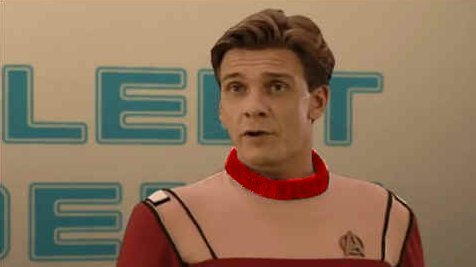
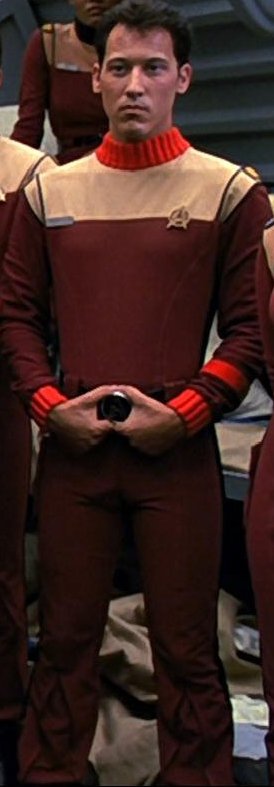 The selection for Starfleet cadet is the most difficult and rigorous testing in the Federation. The usual age for an applicant is 16 or 17 for entry at age 17. This makes the process of selection harder than just the tests as the applicant is young and has little personal experience beyond school and personal life.
The selection for Starfleet cadet is the most difficult and rigorous testing in the Federation. The usual age for an applicant is 16 or 17 for entry at age 17. This makes the process of selection harder than just the tests as the applicant is young and has little personal experience beyond school and personal life. San Francisco 2289: the most diverse city on Earth with races from over 100 worlds of the Federation all living together. The proximity of both Starfleet Headquarters and Starfleet Academy drives the need for off-world residents. For the candidate arriving to enroll into Starfleet, there are both familiar aspects and alien ones. The city has been almost completely rebuilt since World War Three in the 2050s; it now is a centre for the administration of the United Federation of Planets and a transportation hub for Asia, America and across to the East Coast.
San Francisco 2289: the most diverse city on Earth with races from over 100 worlds of the Federation all living together. The proximity of both Starfleet Headquarters and Starfleet Academy drives the need for off-world residents. For the candidate arriving to enroll into Starfleet, there are both familiar aspects and alien ones. The city has been almost completely rebuilt since World War Three in the 2050s; it now is a centre for the administration of the United Federation of Planets and a transportation hub for Asia, America and across to the East Coast.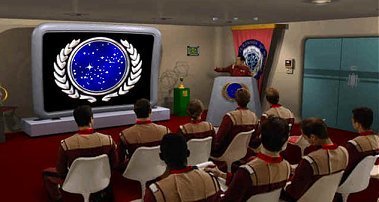 After the initial physical training, Starfleet Training Command must ascertain the leadership potential of the Officer Cadets. Although only the Command division cadets are initially going straight into command-oriented areas of operation, all Starfleet officers by definition must possess leadership skill and be able to use them in an effective manner. From weeks 5 - 11 of the 1st year, Starfleet cadets are separated into teams of up to 10 cadets. Each of these flights will be under the supervision of an experienced 4th year cadet. This cadet will operate as their Flight Commander and will supervise the next area of training which is the induction course on leadership. All styles of leadership are covered: autocratic, democratic and by committee. The strengths and weaknesses of all these styles will be discussed. This will lead onto time and personnel management tasks that will examine how well cadets can manage the resources at their disposal in the most effective manner.
After the initial physical training, Starfleet Training Command must ascertain the leadership potential of the Officer Cadets. Although only the Command division cadets are initially going straight into command-oriented areas of operation, all Starfleet officers by definition must possess leadership skill and be able to use them in an effective manner. From weeks 5 - 11 of the 1st year, Starfleet cadets are separated into teams of up to 10 cadets. Each of these flights will be under the supervision of an experienced 4th year cadet. This cadet will operate as their Flight Commander and will supervise the next area of training which is the induction course on leadership. All styles of leadership are covered: autocratic, democratic and by committee. The strengths and weaknesses of all these styles will be discussed. This will lead onto time and personnel management tasks that will examine how well cadets can manage the resources at their disposal in the most effective manner.
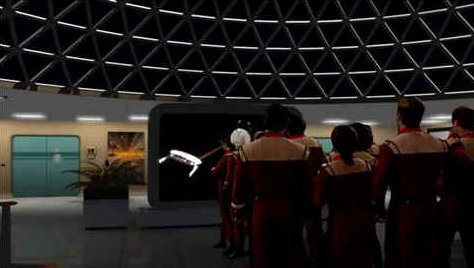 Week 12-13 sees the cadet given practical testing that thoroughly tests the leadership skills that they have been given over the last few weeks. The cadets will be placed in a field environment and given various leadership tasks to perform. The performance of the cadet will be vital at this stage, failure will almost certainly result in the cadet resitting the module and may well end the road for some cadets [33% of cadets withdraw from training in the first year].
Week 12-13 sees the cadet given practical testing that thoroughly tests the leadership skills that they have been given over the last few weeks. The cadets will be placed in a field environment and given various leadership tasks to perform. The performance of the cadet will be vital at this stage, failure will almost certainly result in the cadet resitting the module and may well end the road for some cadets [33% of cadets withdraw from training in the first year].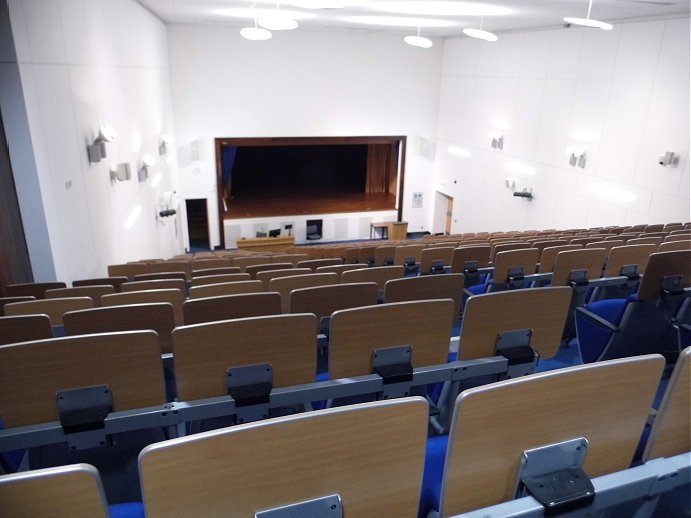
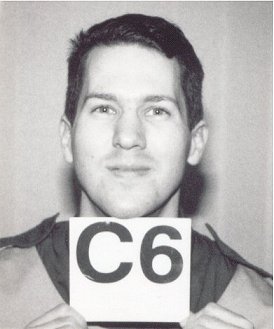 Author's Notes:
Author's Notes: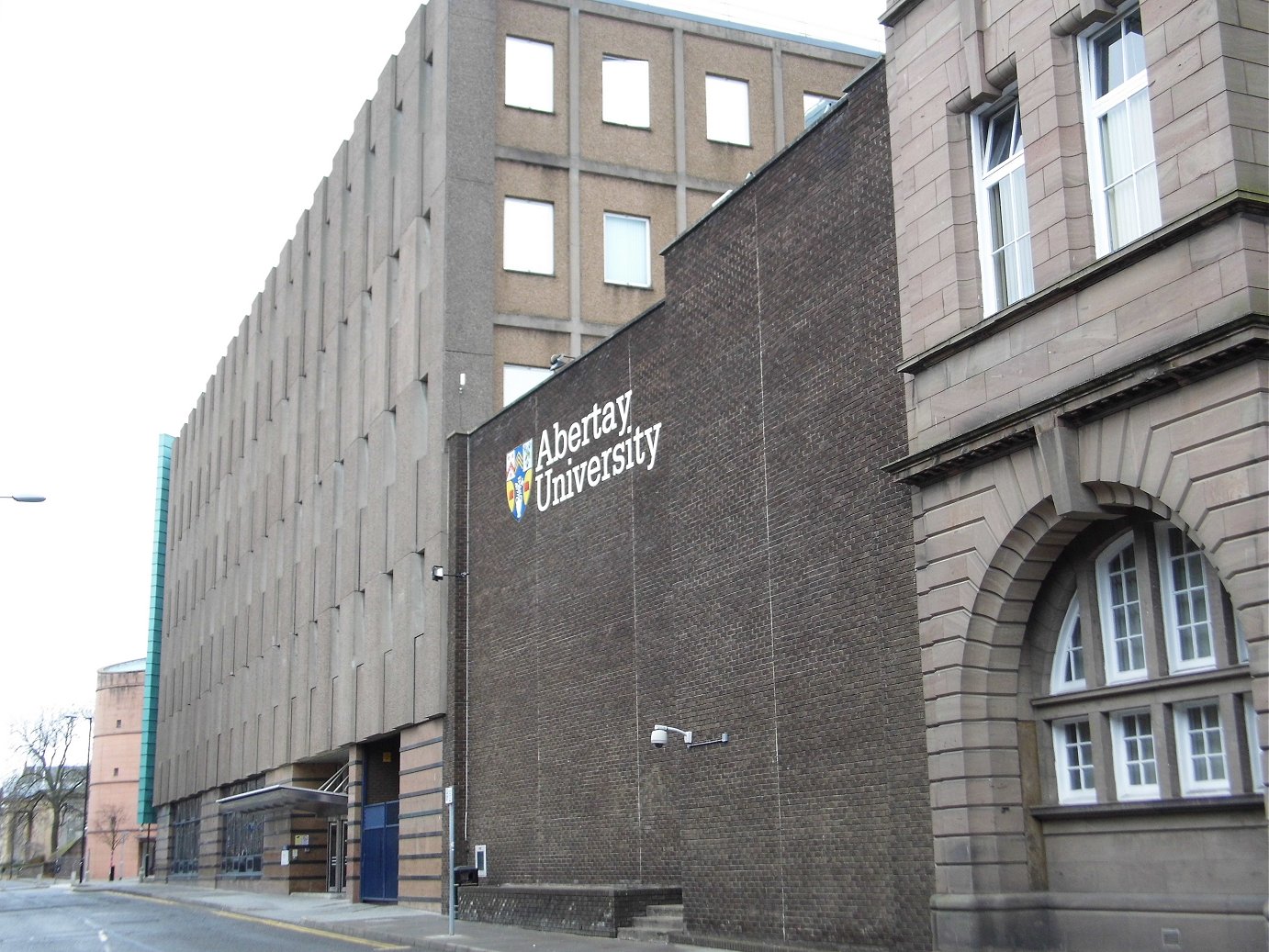


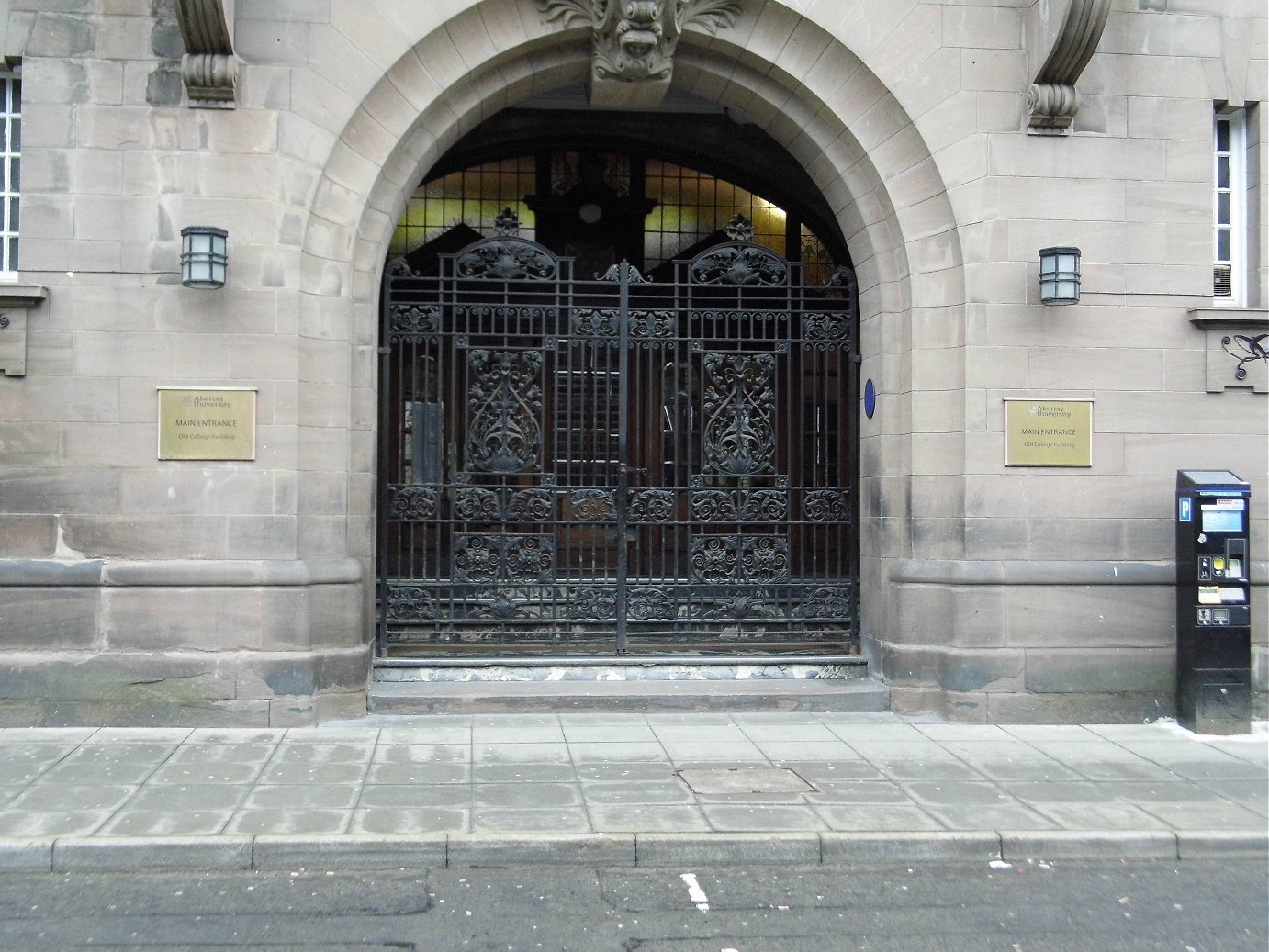

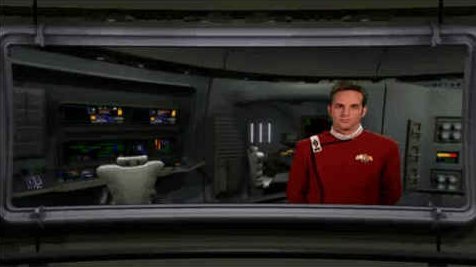
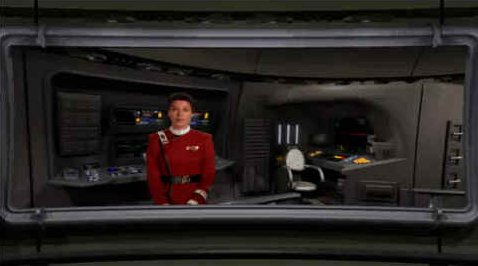 Week 18 sees the cadets split up for their individual specialist training. The physical and command aspects of their training will now continue at a steady pace for the next four years, but they will now have the specialist training lectures and seminars incorporated into their schedules. Now the cadets will have to cope with their particular subject courses and the out-of-hours requirements attached therein. At this point there are just six schools open to the cadets: Sciences, Engineering, Security, Marines, Medical and Special Services. The seventh option, Command School, is only open to the finest of the cadets in Year Three.
Week 18 sees the cadets split up for their individual specialist training. The physical and command aspects of their training will now continue at a steady pace for the next four years, but they will now have the specialist training lectures and seminars incorporated into their schedules. Now the cadets will have to cope with their particular subject courses and the out-of-hours requirements attached therein. At this point there are just six schools open to the cadets: Sciences, Engineering, Security, Marines, Medical and Special Services. The seventh option, Command School, is only open to the finest of the cadets in Year Three.
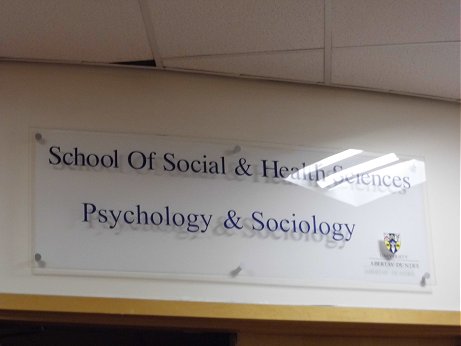 Author's Notes:
Author's Notes:

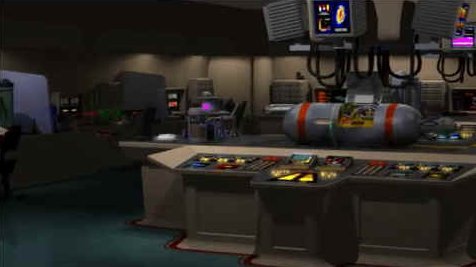


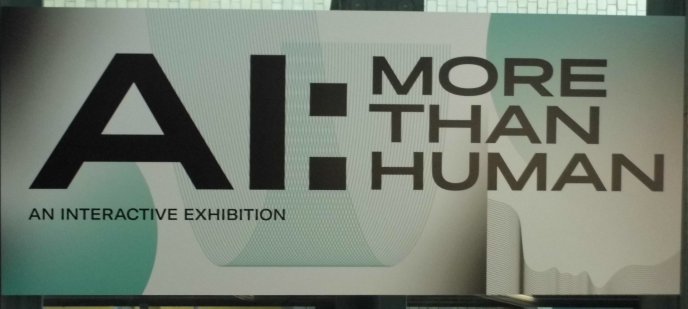
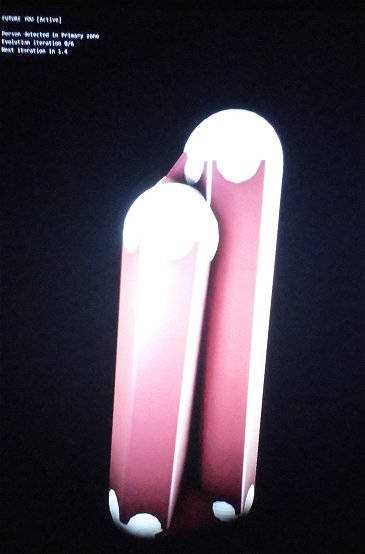
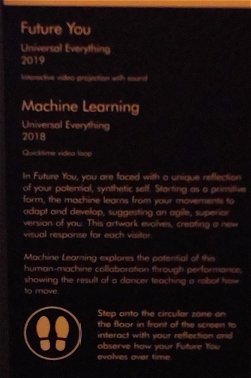
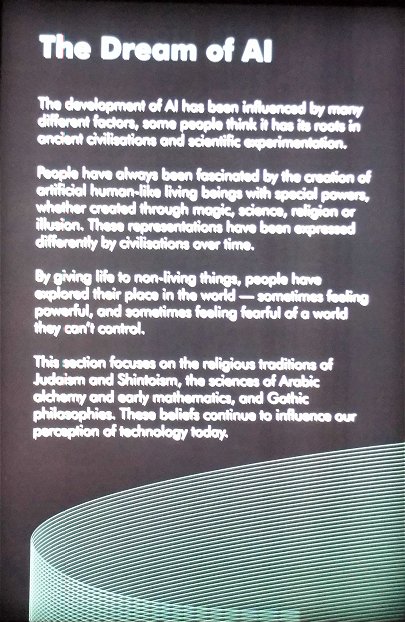
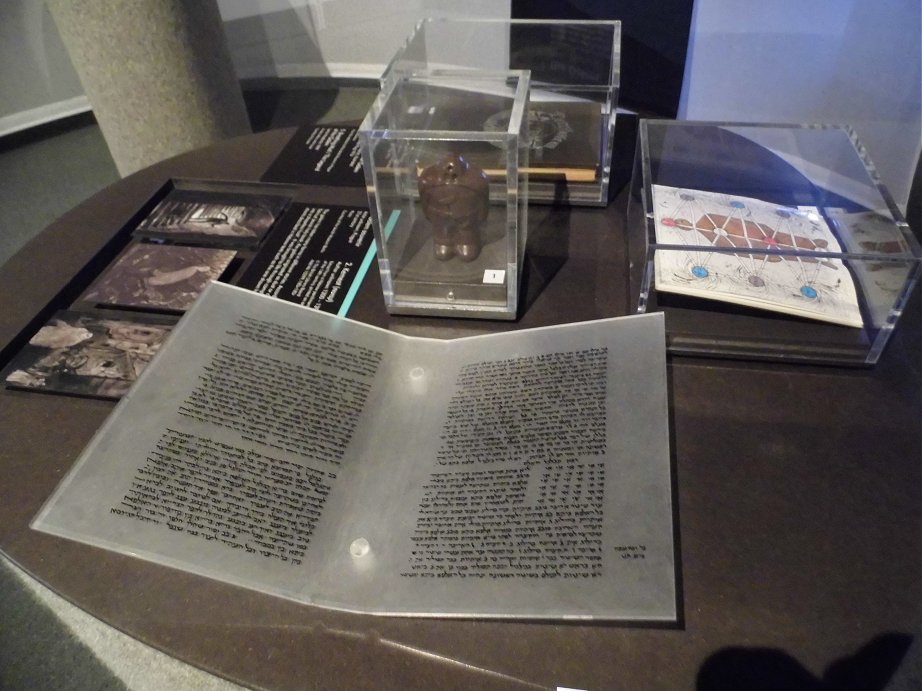
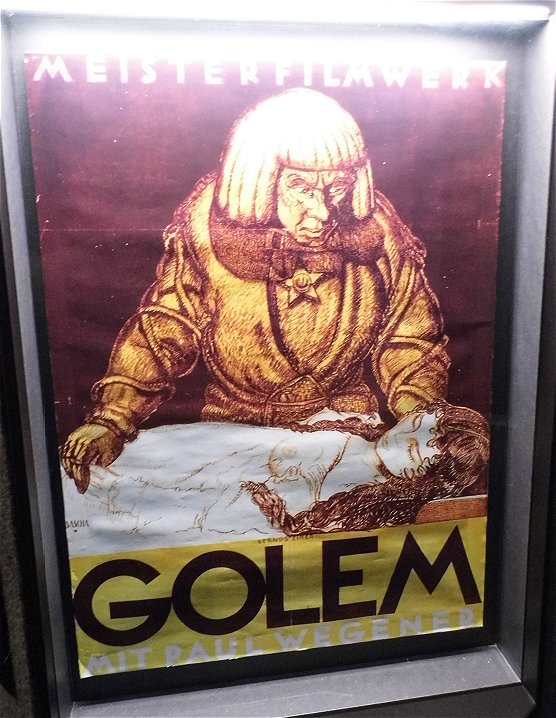
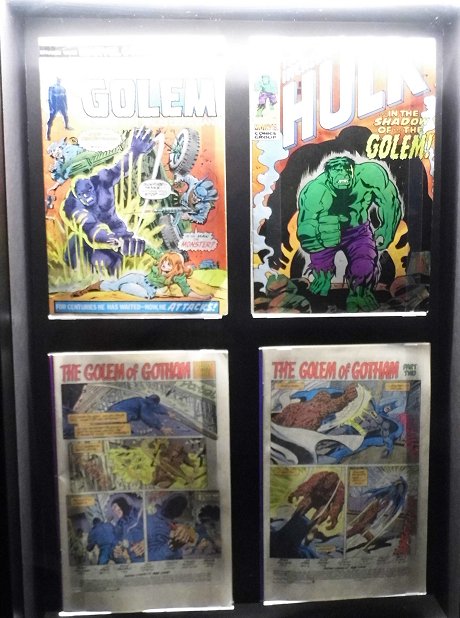
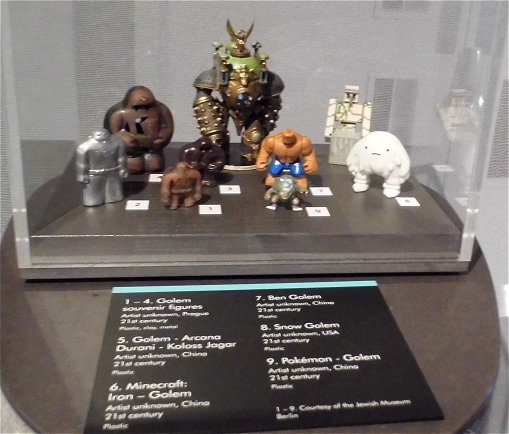
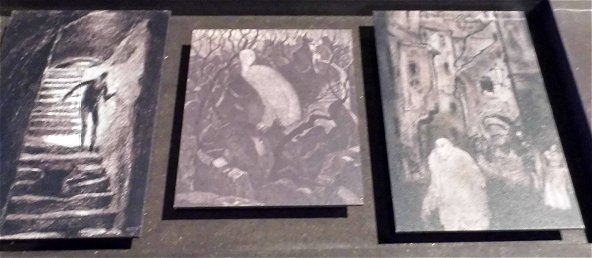
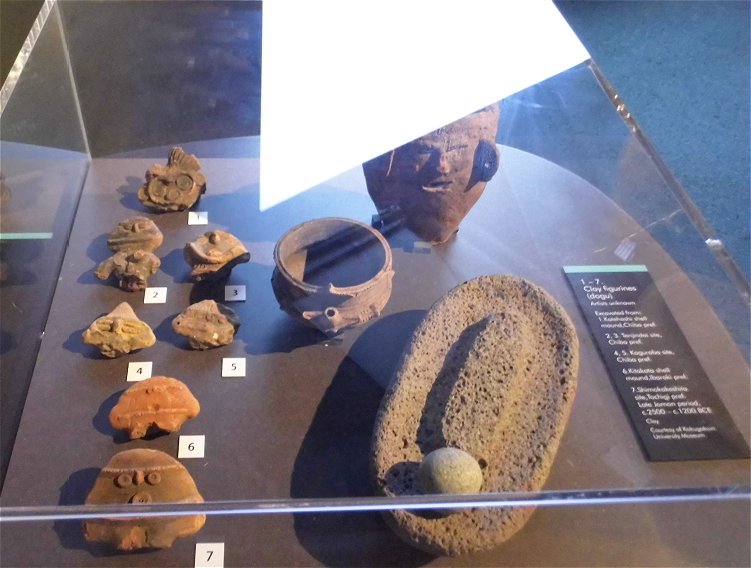

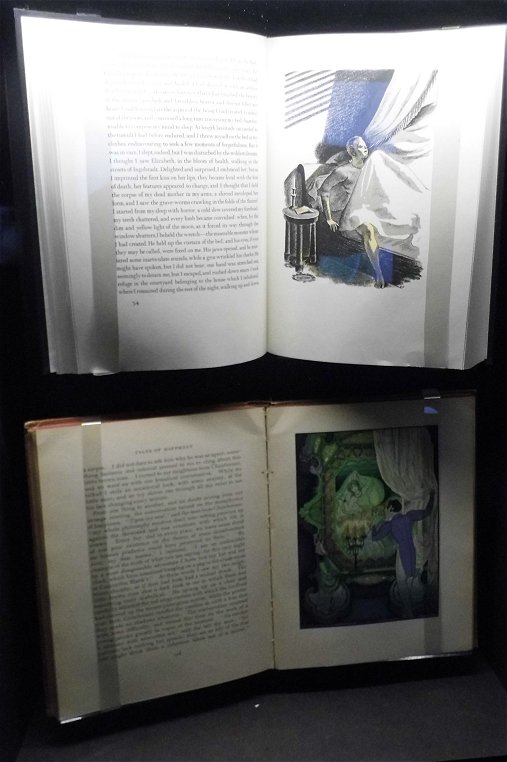



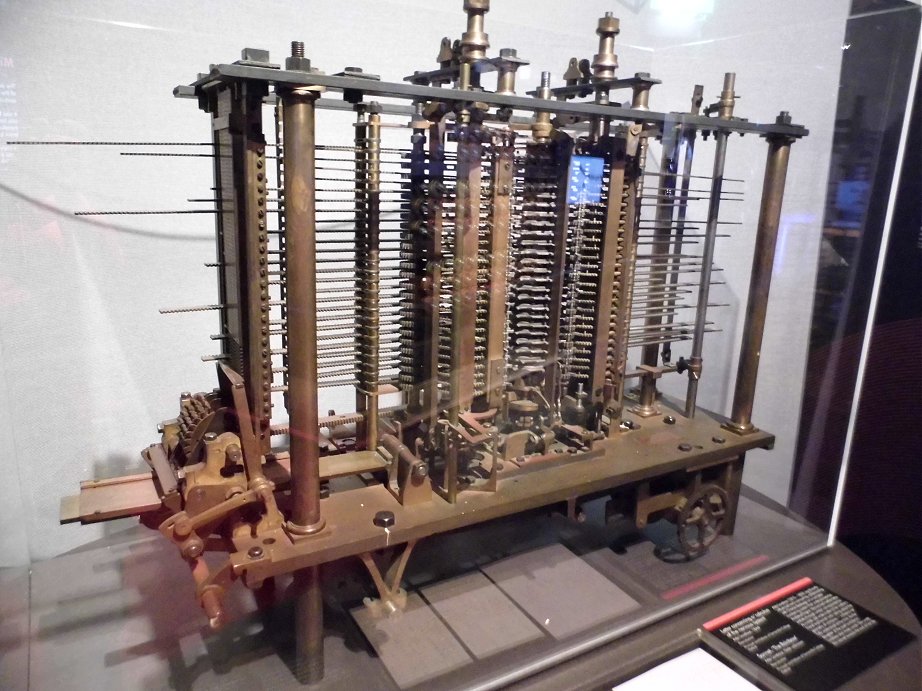
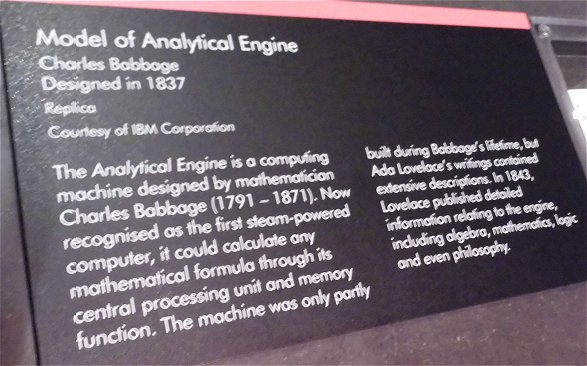
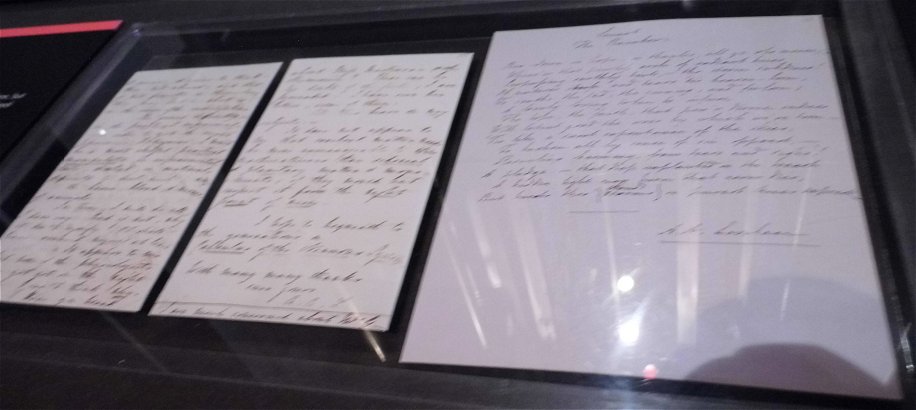
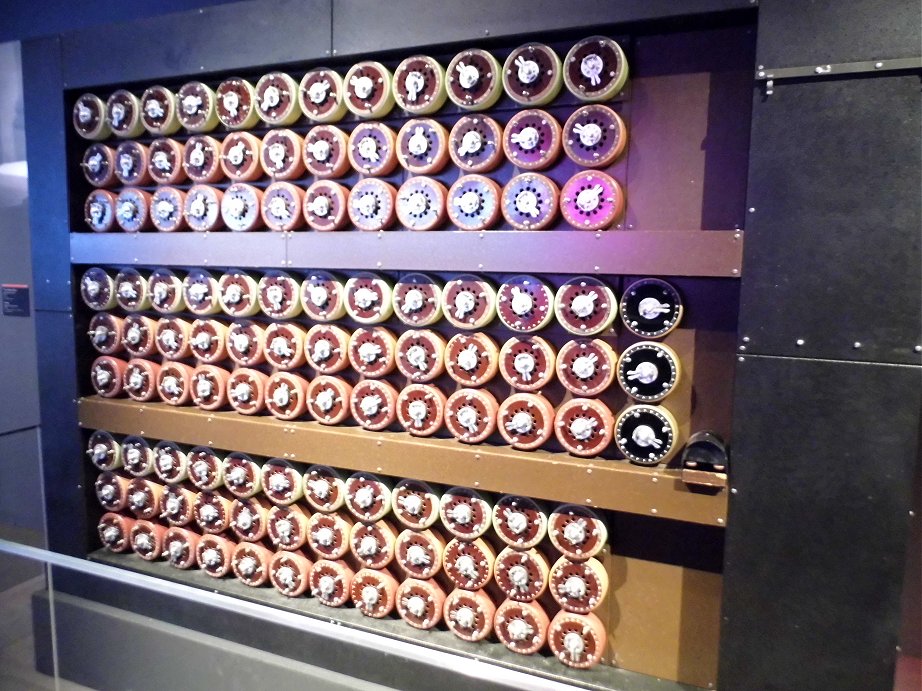
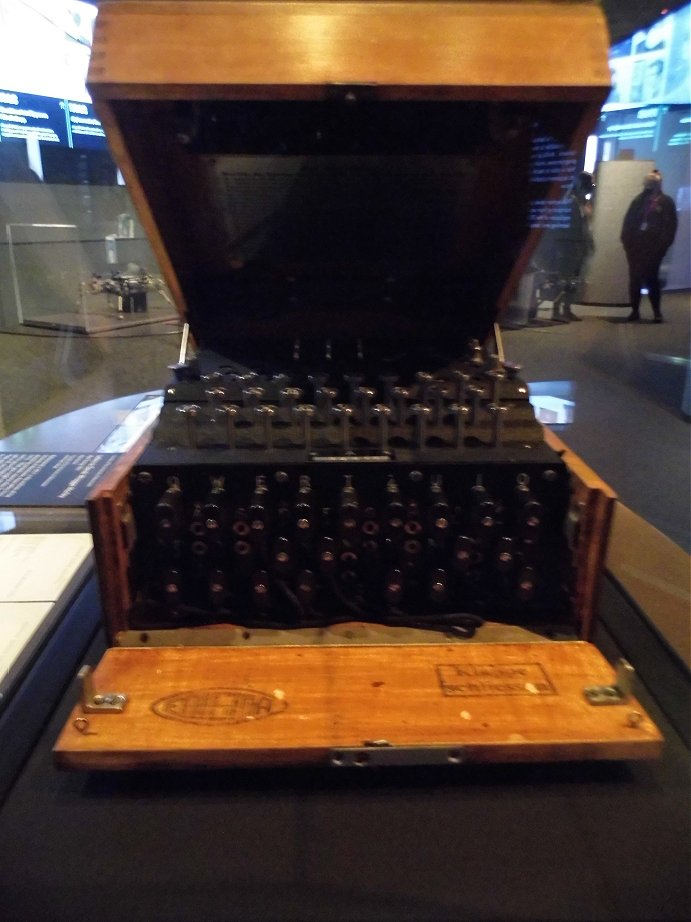
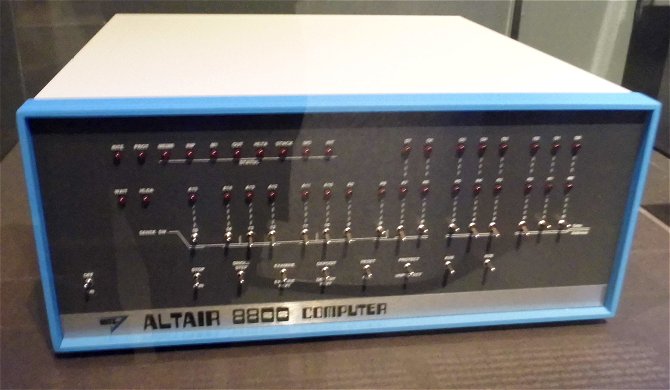
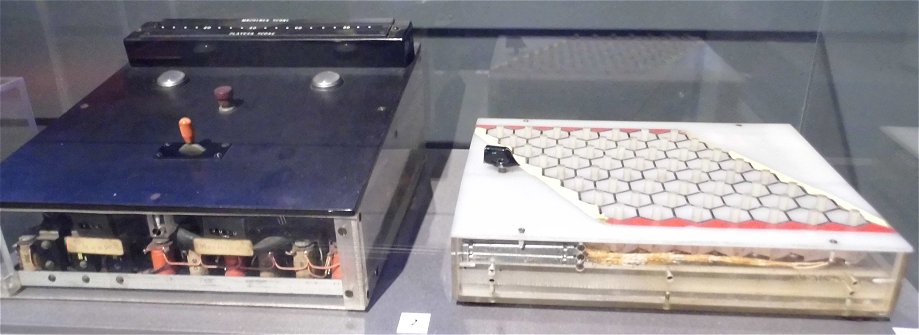
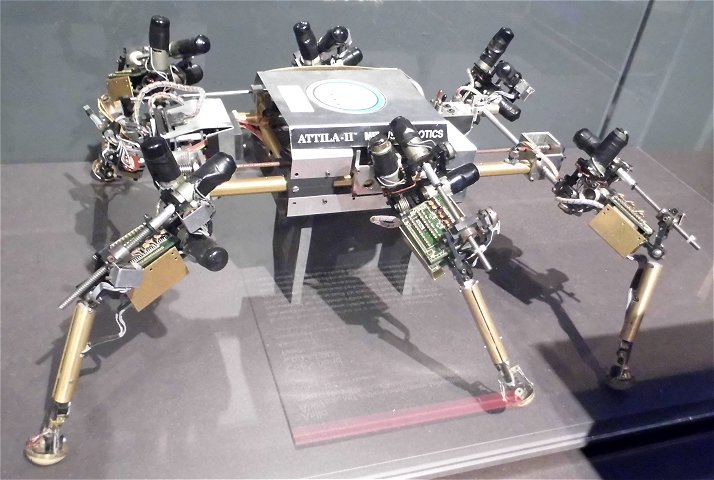


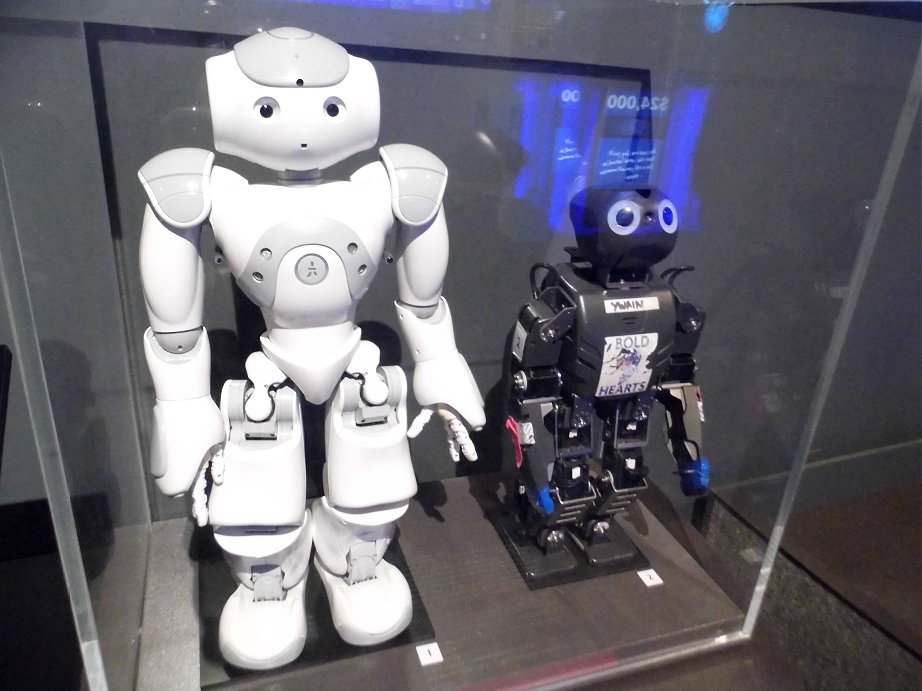
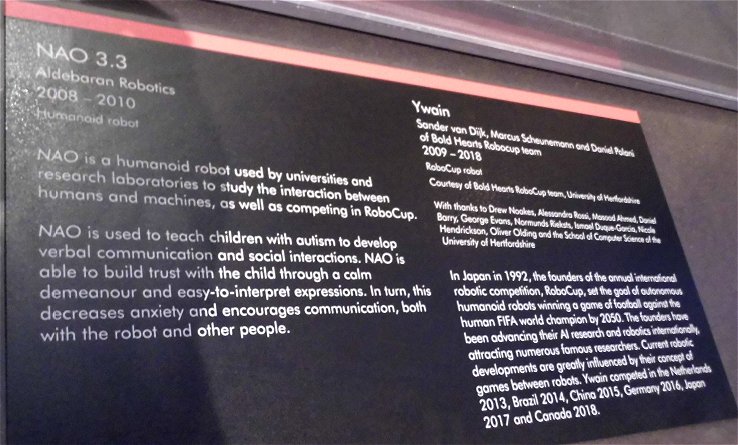
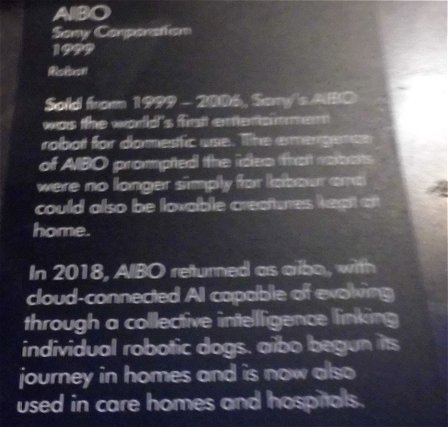
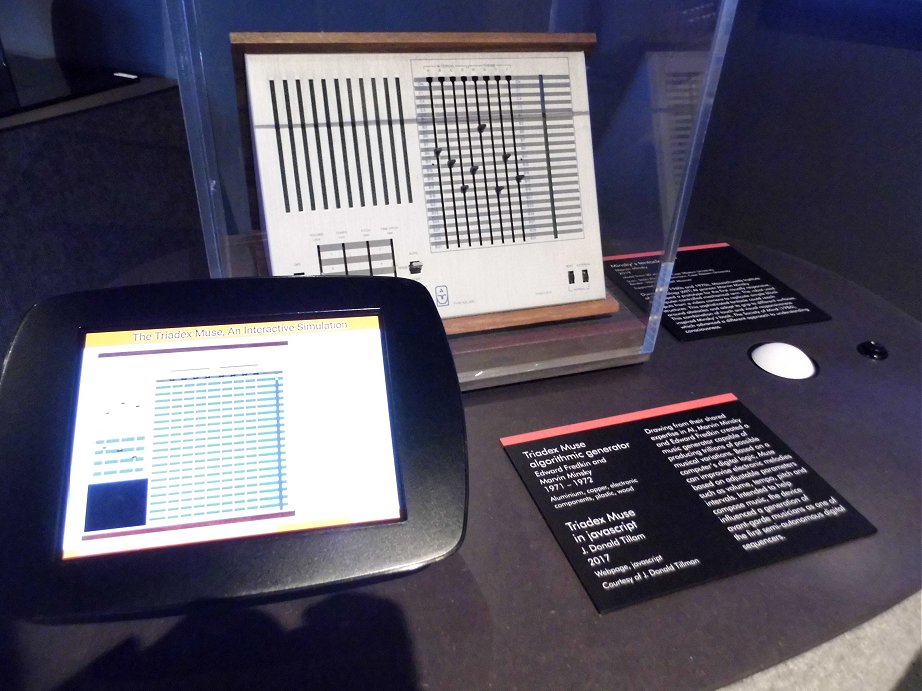
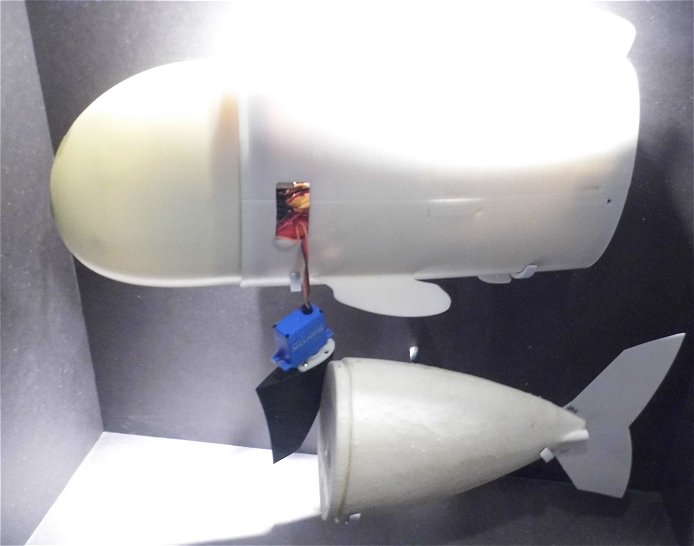

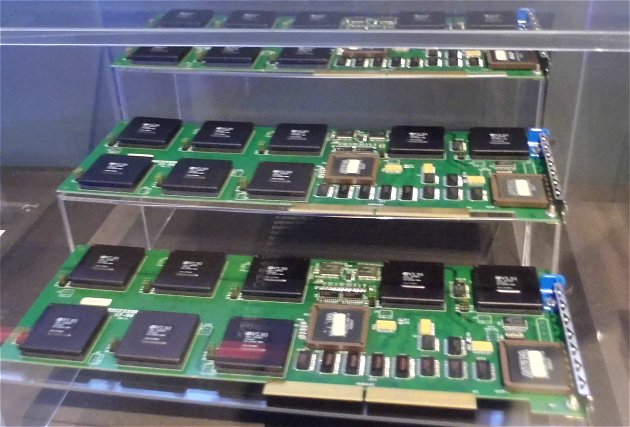
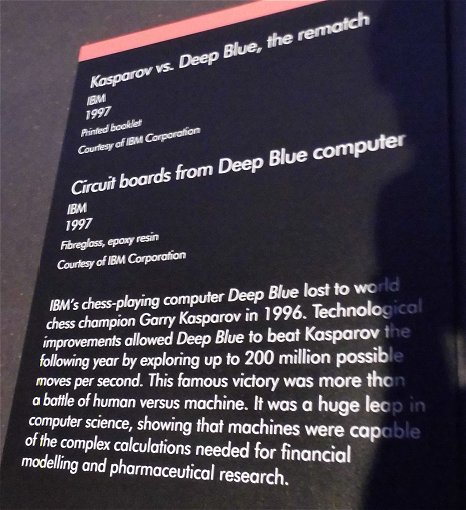
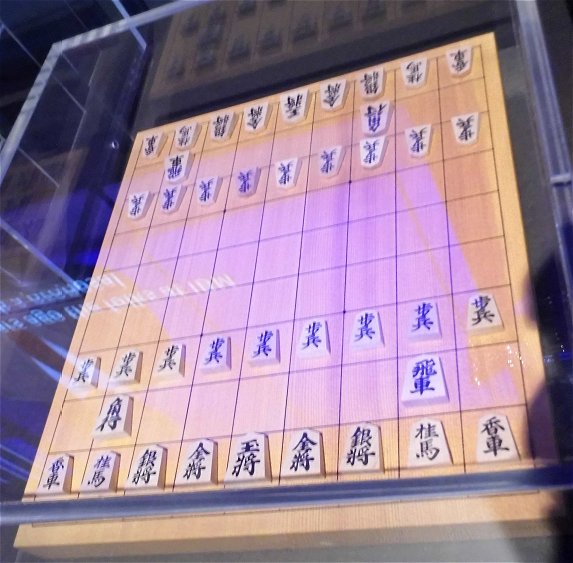

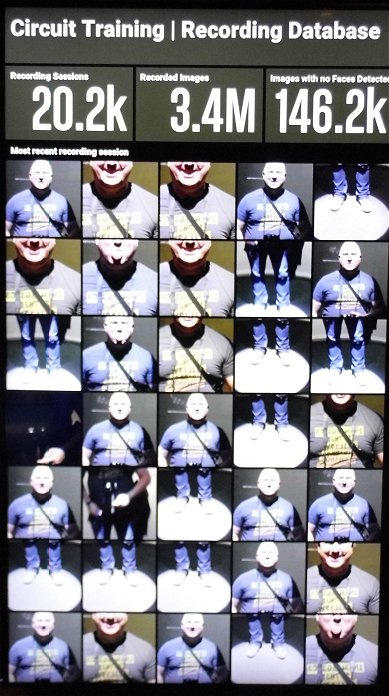
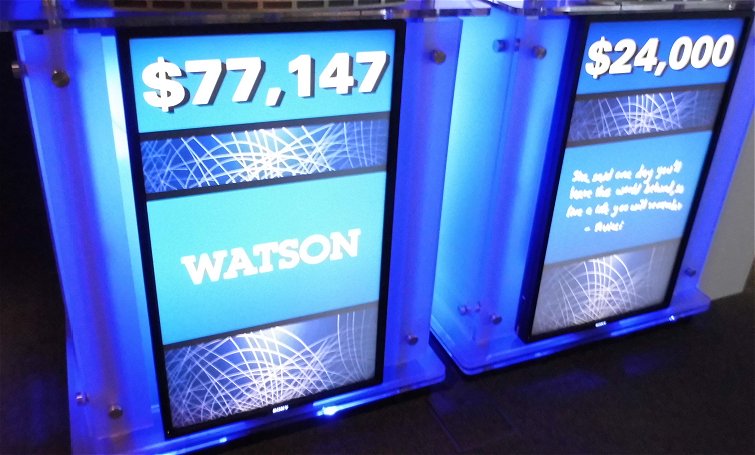
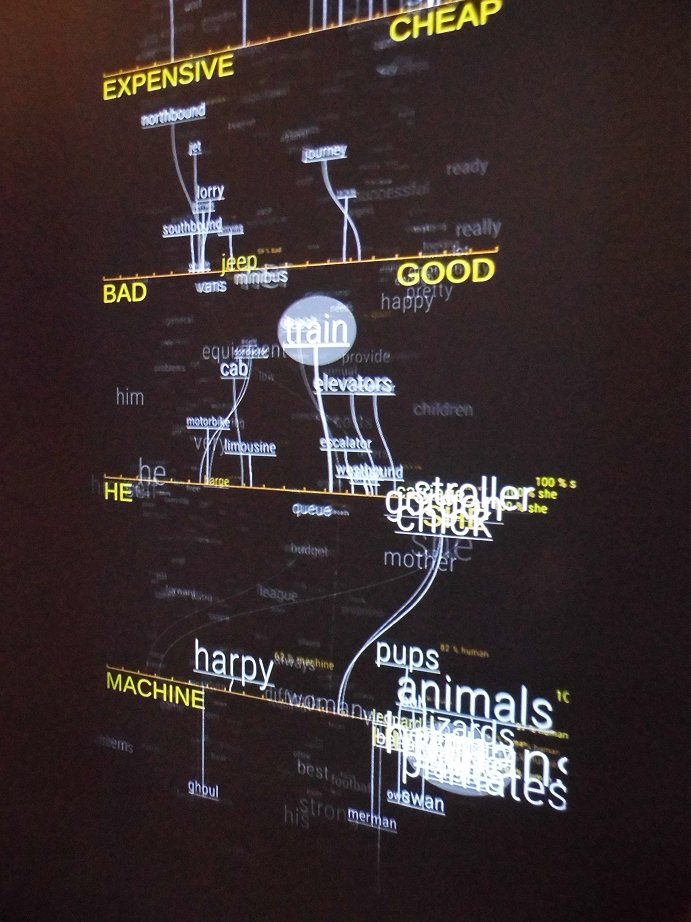
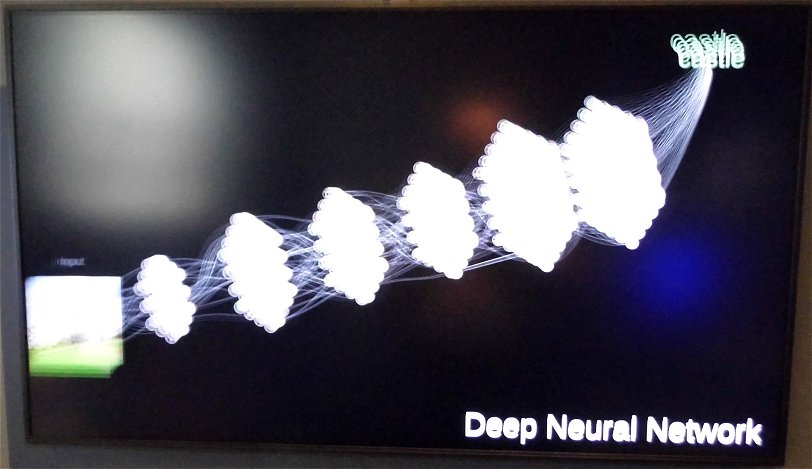
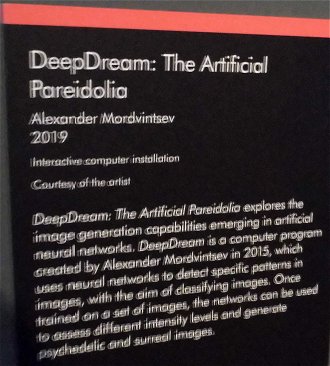
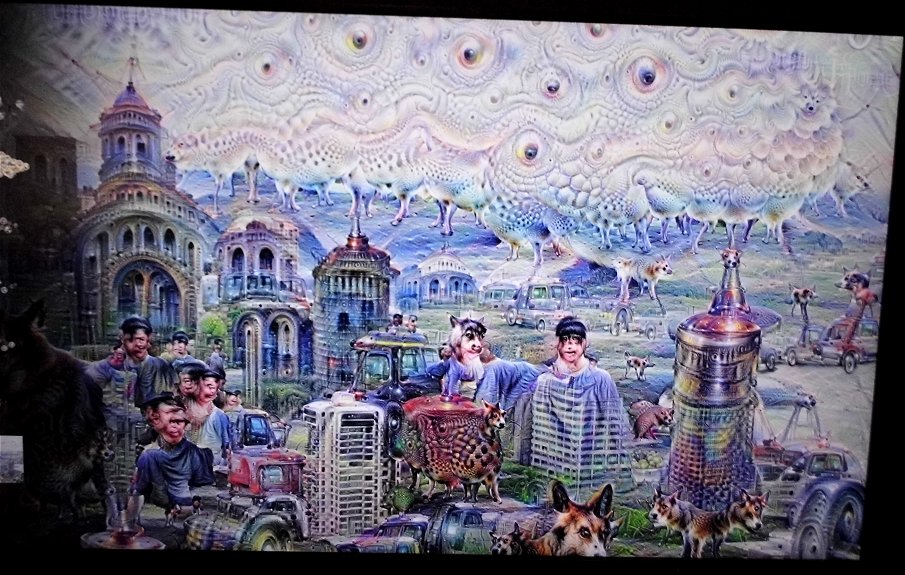
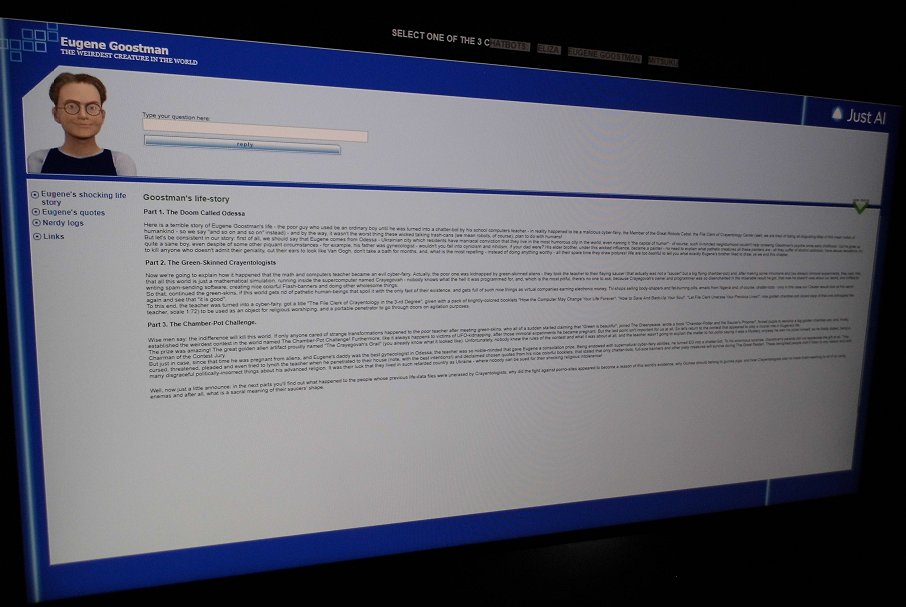
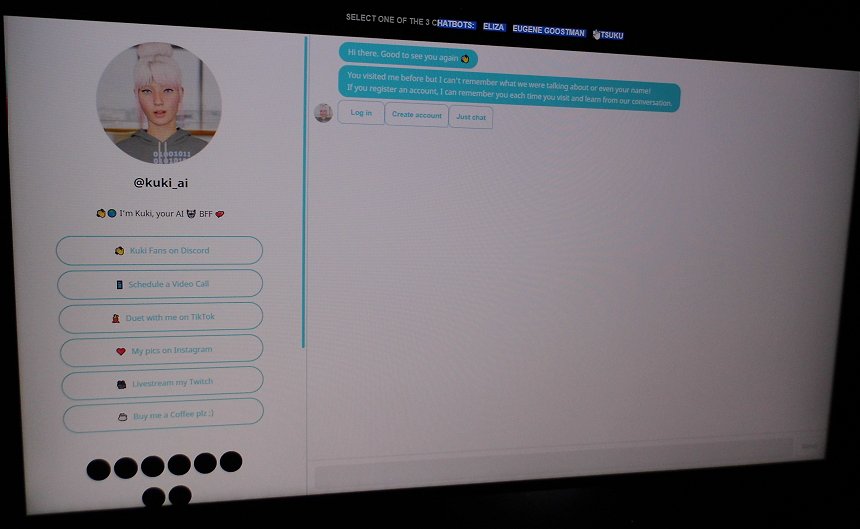
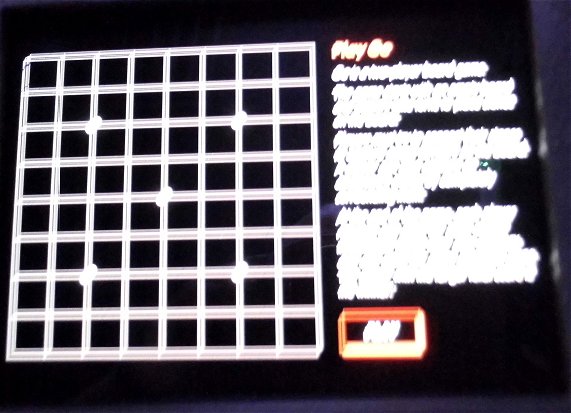
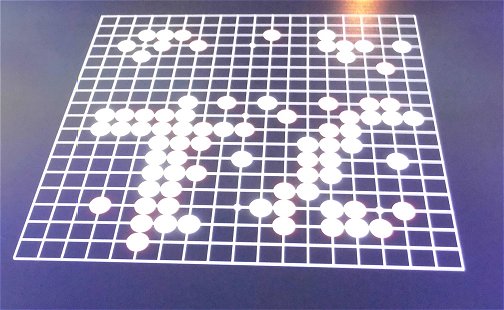
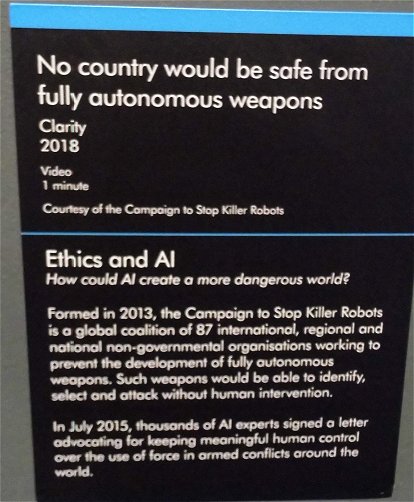
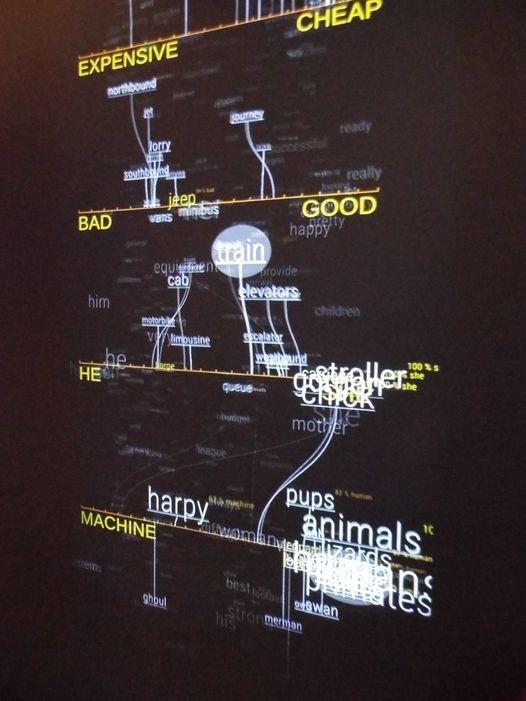
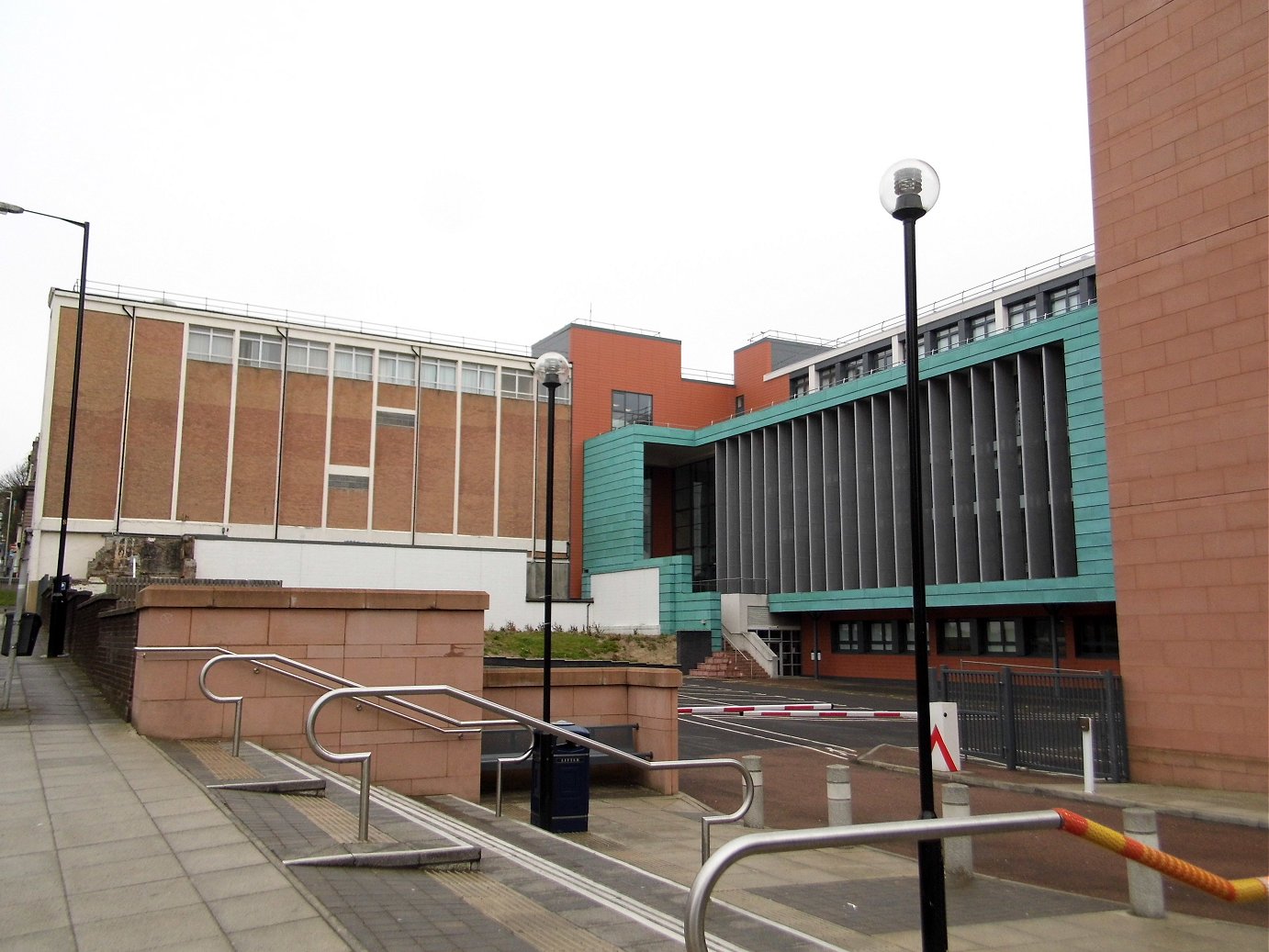
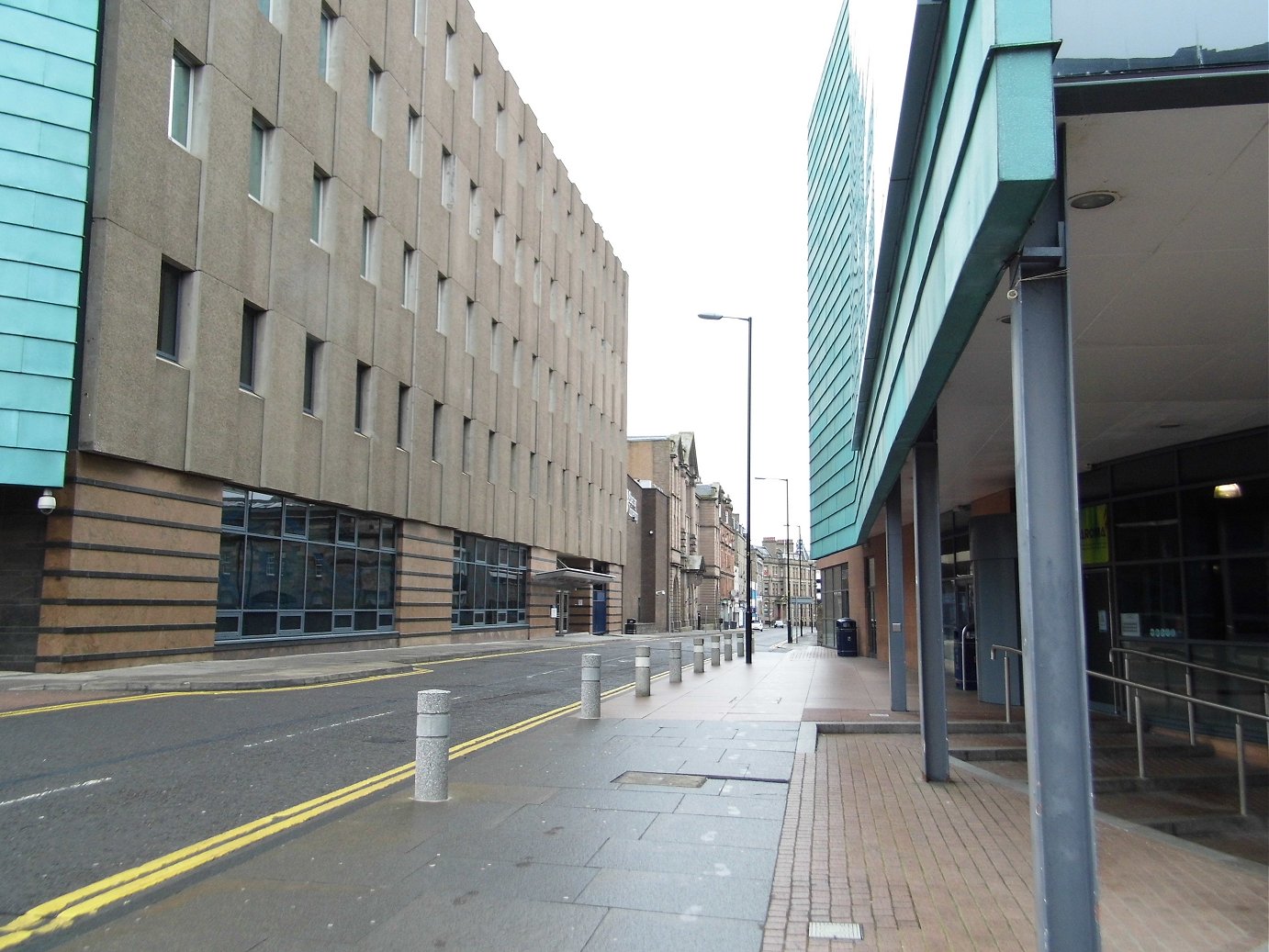
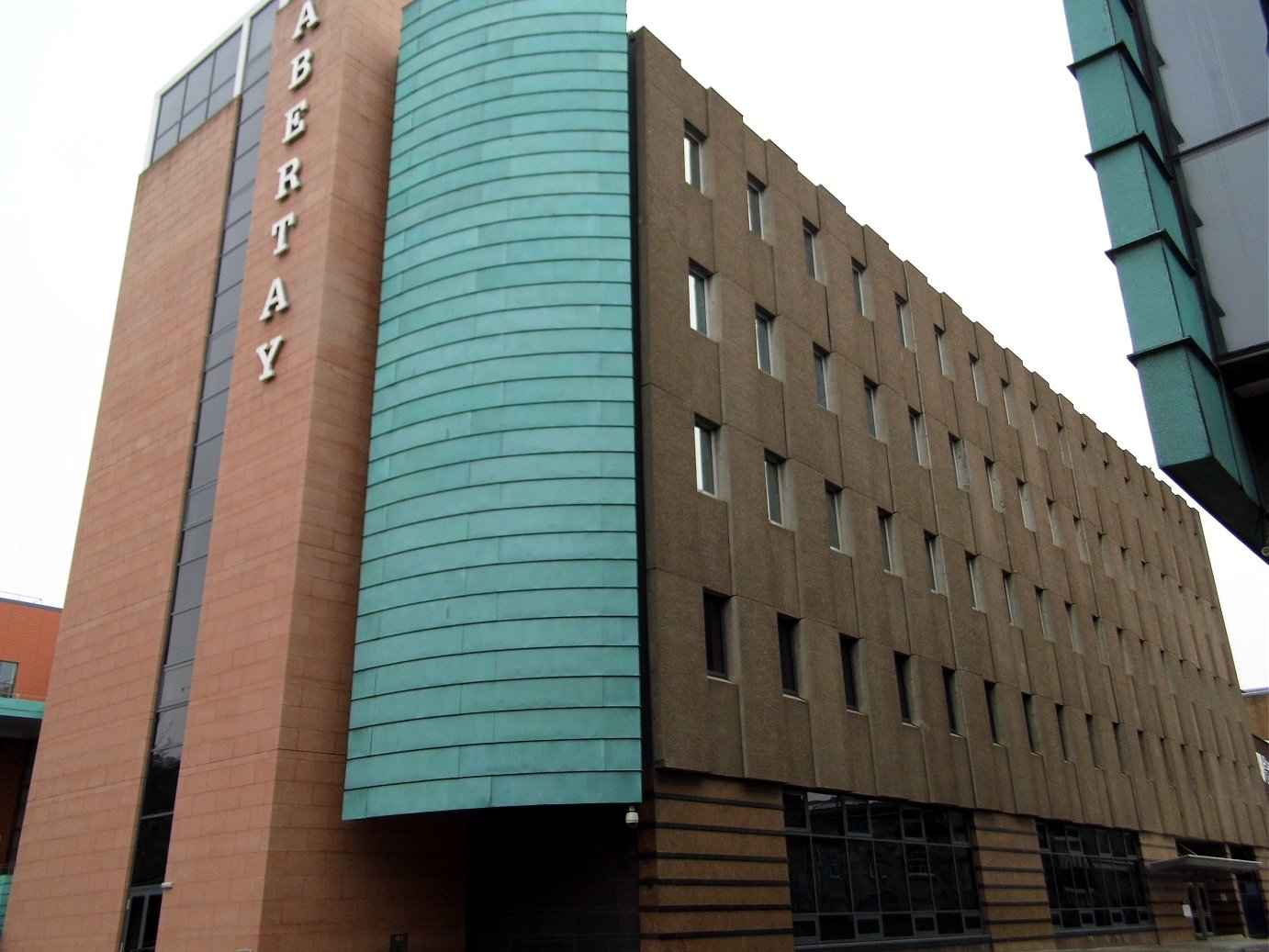
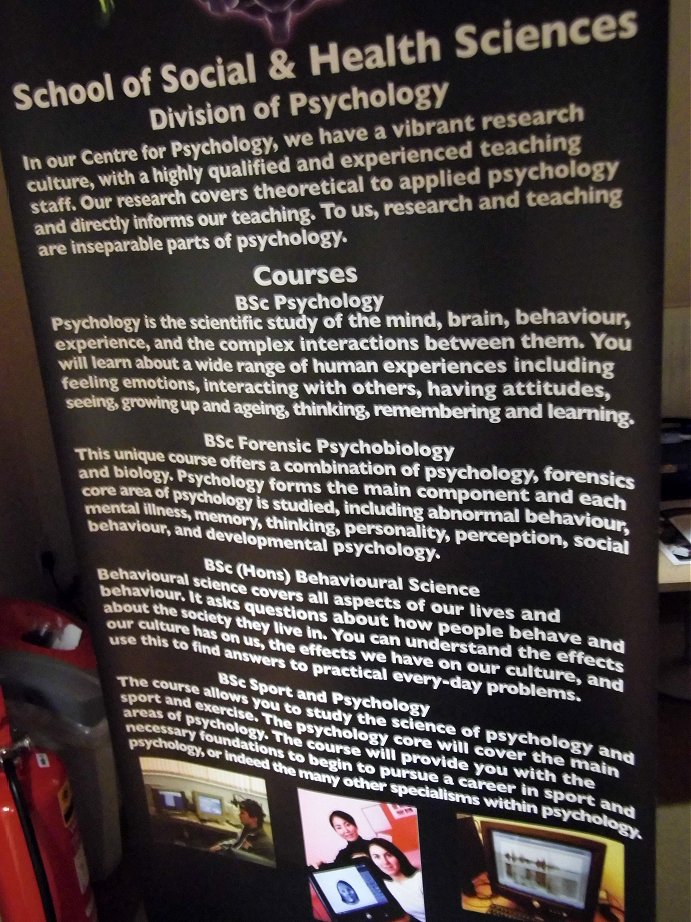 Every cadet course is unique and tailored to the strengths of that individual. Hundreds of modules allow the cadet to tailor what they learn to play to their individual strengths. The four years at Starfleet Academy are the most intensive physical and mental years of a Starfleet career, culminating in an individual that has the basics to begin their Starfleet life; constant training and refreshers will be necessary for advancement and staying up-to-date.
Every cadet course is unique and tailored to the strengths of that individual. Hundreds of modules allow the cadet to tailor what they learn to play to their individual strengths. The four years at Starfleet Academy are the most intensive physical and mental years of a Starfleet career, culminating in an individual that has the basics to begin their Starfleet life; constant training and refreshers will be necessary for advancement and staying up-to-date.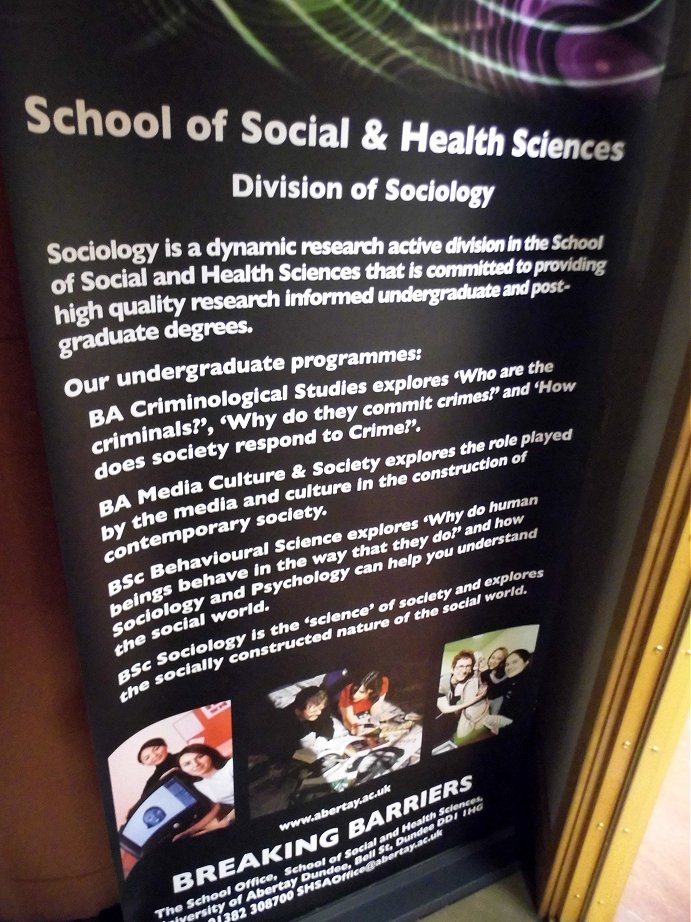 The middle decades of the 21st Century stand out as the years of economic, social, cyber and nuclear warfare as the status quo of those born into wealth was challenged by those aspiring to break the walls down. The Bell Riots of 2024 had started the movement towards challenging the World as being set in its ways. Where once fraternities, old school ties and family roots were prevalently the main determining factor of social status, employment and wealth, the fight was on to give everyone the same opportunities: in practical reality as opposed to political and academic words. Where once it was the fall of Communist Eastern European dictators or the Arab Spring, now it was the Western Establishments that faced extinction. The Communication Revolution of the 1990s had provided the means to provide an equal platform to speak to the world for both the common person on the street, as much as world leaders and governments. This platform empowered revolutions and freedom of speech more than ever before. Whilst the media had traditionally influenced voters and opinions, now the people themselves could do the same.
The middle decades of the 21st Century stand out as the years of economic, social, cyber and nuclear warfare as the status quo of those born into wealth was challenged by those aspiring to break the walls down. The Bell Riots of 2024 had started the movement towards challenging the World as being set in its ways. Where once fraternities, old school ties and family roots were prevalently the main determining factor of social status, employment and wealth, the fight was on to give everyone the same opportunities: in practical reality as opposed to political and academic words. Where once it was the fall of Communist Eastern European dictators or the Arab Spring, now it was the Western Establishments that faced extinction. The Communication Revolution of the 1990s had provided the means to provide an equal platform to speak to the world for both the common person on the street, as much as world leaders and governments. This platform empowered revolutions and freedom of speech more than ever before. Whilst the media had traditionally influenced voters and opinions, now the people themselves could do the same.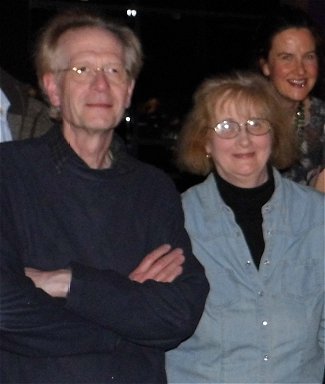 Sociology 102: Life on Earth in the Federation 2290
Sociology 102: Life on Earth in the Federation 2290| Specialist Starship Team | Role Description |
| Team 1: Habitation Seekers | Planetary Scientists, Astronomers, Statisticians, Biologists, Environmental Science - the roles to locate planets, comets, asteroids or other phenomena that might hold the potential for life. |
| Team 2: Life Seekers | Biologists, Botanists, Oceanographers, - the specialists for finding life on planets or other media. Everything from single-celled organisms up to complex animals, plants etc. |
| Team 3: Proto-Intelligence | Biologists, Linguists, Evolutionary and Comparative Psychologists. Once life is found, these assess the potential intellectual capacity of that life for intelligence. |
| Team 4: Intelligence, Culture and Civilisation | Psychologists, Sociologists, Political Sciences and Linguists. This team looks at intelligent life with civililisation, cultures, their relationships with each other and life around them. An assessment is made of their relationship with their neighbours, especially when they achieve space-travel. |
| Team 5: First Contact Impact Team | Medical Doctors, Environmental Sciences, Psychologists, Sociologists. This team looks at the possible and probable effects of first contact with the other species. The emphasis is on avoiding contamination, both in a disease sense and cultural sense. A starship needs to go into first contact with eyes wide open; all the numbers run on probabilities and options. |


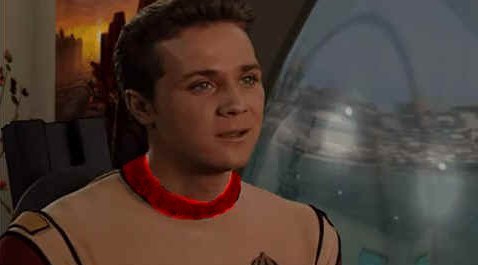 This is located in the newly-refurbished Zephram Cochrane Building. The Engineering College covers all aspects of engineering including Theories, Concepts, Technologies and Applications. The school has an extensive simulation of starship engineering facilities including warp and impulse drives, computing facilities, shuttlebay and shuttles as well as the normal day-to-day corridor and room maintainance.
This is located in the newly-refurbished Zephram Cochrane Building. The Engineering College covers all aspects of engineering including Theories, Concepts, Technologies and Applications. The school has an extensive simulation of starship engineering facilities including warp and impulse drives, computing facilities, shuttlebay and shuttles as well as the normal day-to-day corridor and room maintainance. 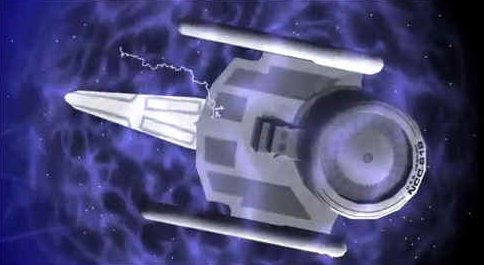 Engineers are problem-solvers, builders, maintainers and demolition experts. Some of their skills overlap those of security operations and security schools. The Starfleet Corps of Engineering are legendary in their abilities and the cadets are expected to reach those standards by the end of their academic training.
Engineers are problem-solvers, builders, maintainers and demolition experts. Some of their skills overlap those of security operations and security schools. The Starfleet Corps of Engineering are legendary in their abilities and the cadets are expected to reach those standards by the end of their academic training.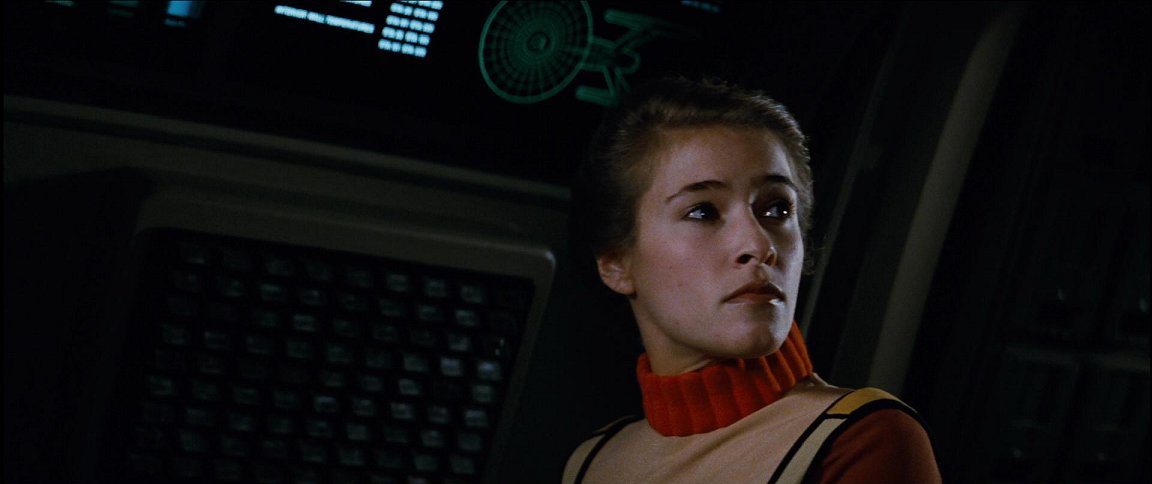


 This is the Starfleet Academy arm of the much-larger Starfleet Medical. Starfleet Medical College has a smaller presence at the academy campus than the size of course would imply. Starfleet Medical training takes eight years - twice as long as the usual Starfleet academy training course. Most Medical graduates are aged in the 26 year-old range. Medical College also supplements the other colleges by training cadets in the vital skills of First Aid and Battlefield Trauma Treatment. The facilities at the college have recently been updated to the latest standard, as ordered by Admiral McCoy, current Head of Starfleet Medical. Doctor (Captain) Isana Turani is the current Head of Starfleet Medical's Training division at Starfleet Academy. The college covers all aspects of medical operation from First Aid to complicated neurosurgery, gene therapy and biotechnology. Medical College has the reputation of being one of the wilder colleges on campus. Whether it is the result of the longer course, or just of the resourcefulness of medical students, but they certainly have the reputation as party animals. The social and sexual conquesting that goes on in the medical college halls is legendary. Most cadets at some point or another wish they were involved in the social life of Starfleet Medical College. Some of the more resourceful or lucky ones find other means of entry into this wild social life of the medics. Medical school is perhaps one of the most unforgiving of the schools, as you are taught to save lives - something that never gives you a second chance.
This is the Starfleet Academy arm of the much-larger Starfleet Medical. Starfleet Medical College has a smaller presence at the academy campus than the size of course would imply. Starfleet Medical training takes eight years - twice as long as the usual Starfleet academy training course. Most Medical graduates are aged in the 26 year-old range. Medical College also supplements the other colleges by training cadets in the vital skills of First Aid and Battlefield Trauma Treatment. The facilities at the college have recently been updated to the latest standard, as ordered by Admiral McCoy, current Head of Starfleet Medical. Doctor (Captain) Isana Turani is the current Head of Starfleet Medical's Training division at Starfleet Academy. The college covers all aspects of medical operation from First Aid to complicated neurosurgery, gene therapy and biotechnology. Medical College has the reputation of being one of the wilder colleges on campus. Whether it is the result of the longer course, or just of the resourcefulness of medical students, but they certainly have the reputation as party animals. The social and sexual conquesting that goes on in the medical college halls is legendary. Most cadets at some point or another wish they were involved in the social life of Starfleet Medical College. Some of the more resourceful or lucky ones find other means of entry into this wild social life of the medics. Medical school is perhaps one of the most unforgiving of the schools, as you are taught to save lives - something that never gives you a second chance. 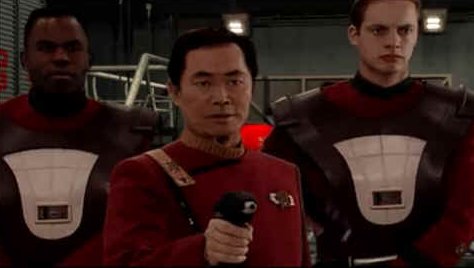
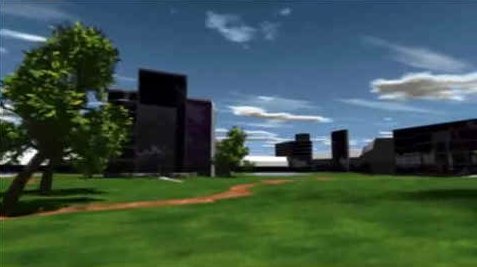

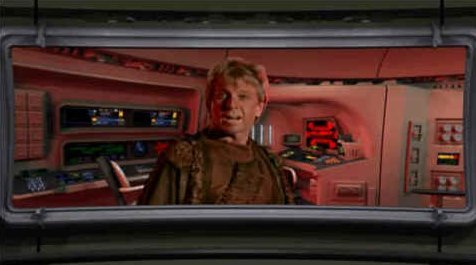
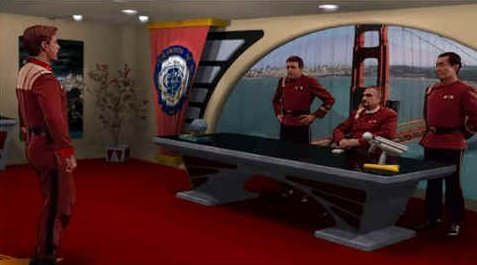 Security school has a simulation zone that can cover aspects from routine starship and starbase security to diplomatic functions and First Contact situations. Often the training limits either the available equipment for the cadet, or rules of engagement limit the options open to the cadet. The instructors are looking for those cadets who can improvise and adapt to the limitions imposed on them. Within starship or starbase there are carefully controlled environments in which the technological advantage is geneally held by the security. On other planets or non-Federation facilities and starships the only rule is that there are no rules. Security must be able to rapidly assess the situation and be able to protect their team as well as prevent breach of Prime Directive or other Starfleet regulations.
Security school has a simulation zone that can cover aspects from routine starship and starbase security to diplomatic functions and First Contact situations. Often the training limits either the available equipment for the cadet, or rules of engagement limit the options open to the cadet. The instructors are looking for those cadets who can improvise and adapt to the limitions imposed on them. Within starship or starbase there are carefully controlled environments in which the technological advantage is geneally held by the security. On other planets or non-Federation facilities and starships the only rule is that there are no rules. Security must be able to rapidly assess the situation and be able to protect their team as well as prevent breach of Prime Directive or other Starfleet regulations.

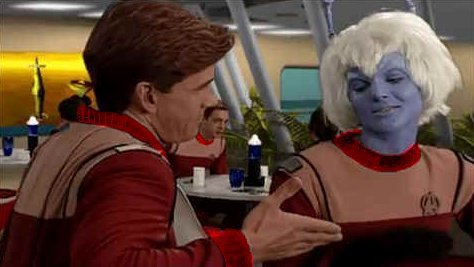 This school evolved from the famed MACO of Jonathan Archer's Enterprise NX-01. These commando individuals are the legacy of the Special Air Service, Royal Marine Commando, Special Boat Service, Green Berets, Delta Force, US Marine Corps, Spetsnaz and so many more special forces units in Earth's history.
This school evolved from the famed MACO of Jonathan Archer's Enterprise NX-01. These commando individuals are the legacy of the Special Air Service, Royal Marine Commando, Special Boat Service, Green Berets, Delta Force, US Marine Corps, Spetsnaz and so many more special forces units in Earth's history.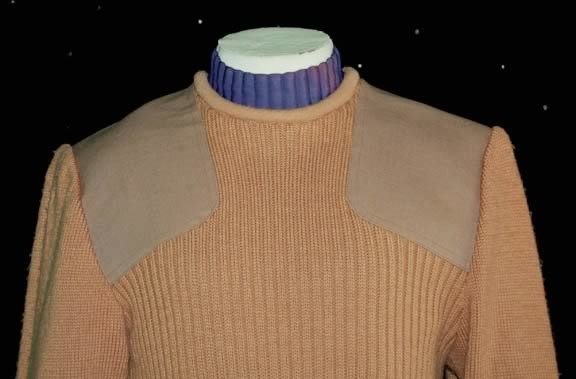 The MACO were disbanded after the formation ofthe United Federation of Planets in 2161. This new sub-branch of Starfleet Security was designed to follow in the traditions set down by the MACOs, but to adapt them to the philosophies of Starfleet. The FSMC or Starfleet Commando force were used recently in the Nimbus III hostage situation, Tabula Rasa campaign and were allegedly to be used to retrieve Captain Kirk and Doctor McCoy from Rura Penthe.
The MACO were disbanded after the formation ofthe United Federation of Planets in 2161. This new sub-branch of Starfleet Security was designed to follow in the traditions set down by the MACOs, but to adapt them to the philosophies of Starfleet. The FSMC or Starfleet Commando force were used recently in the Nimbus III hostage situation, Tabula Rasa campaign and were allegedly to be used to retrieve Captain Kirk and Doctor McCoy from Rura Penthe.
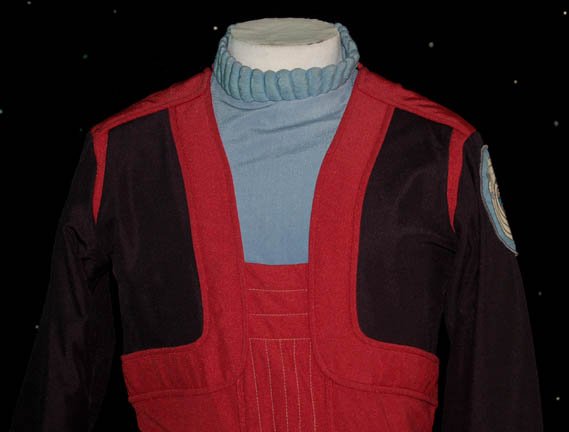 This college is often referred to as the "School of the Miscellaneous". This school covers those fields that cannot be classified under the other schools. Fields taught at this school include: Cooks, Barbers, Beauticians, Musicians, Entertainers, P.T Instructors, and Laundry personnel. Lt. Commander Shereena Dalmaya is currently the Head of this school, the Chief P.T. instructor for the Academy. The school of Special Services is one of the largest schools in the Academy, if only for the wide area that it covers. The school contains the best equipped gymnasium in the Academy and boasts the best sporting facilities in the Federation. All cadets use these facilities, but it is the Special Services school that actually owns them, using them for the teaching of Physical Instruction. All sports are covered in these facilities including football, rugby, gymnastics, martial arts of all types and track-and-field sports. It has been argued by more than one cadet in the past that "this is the School that knows how to party!", and indeed the Annual School Ball at the School of Special Services does boast the best home-grown music and well-presented, dance-crazy cadets. This school teaches all the finer aspects of etiquette, and most Starfleet Officers spend some time here when brushing up on their manners and self-presentation. this is so that they may be respectable in all diplomatic situations.
This college is often referred to as the "School of the Miscellaneous". This school covers those fields that cannot be classified under the other schools. Fields taught at this school include: Cooks, Barbers, Beauticians, Musicians, Entertainers, P.T Instructors, and Laundry personnel. Lt. Commander Shereena Dalmaya is currently the Head of this school, the Chief P.T. instructor for the Academy. The school of Special Services is one of the largest schools in the Academy, if only for the wide area that it covers. The school contains the best equipped gymnasium in the Academy and boasts the best sporting facilities in the Federation. All cadets use these facilities, but it is the Special Services school that actually owns them, using them for the teaching of Physical Instruction. All sports are covered in these facilities including football, rugby, gymnastics, martial arts of all types and track-and-field sports. It has been argued by more than one cadet in the past that "this is the School that knows how to party!", and indeed the Annual School Ball at the School of Special Services does boast the best home-grown music and well-presented, dance-crazy cadets. This school teaches all the finer aspects of etiquette, and most Starfleet Officers spend some time here when brushing up on their manners and self-presentation. this is so that they may be respectable in all diplomatic situations. 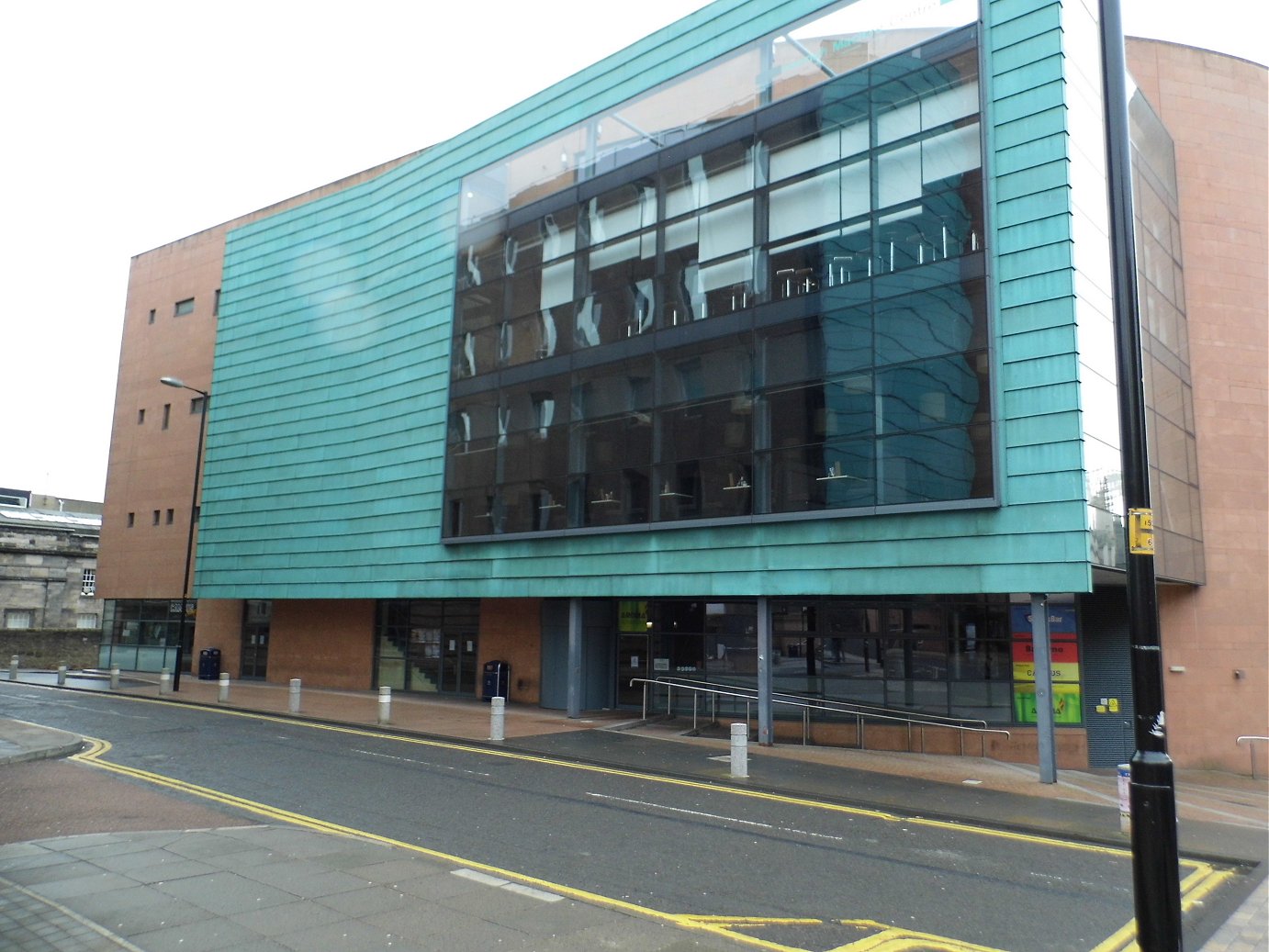

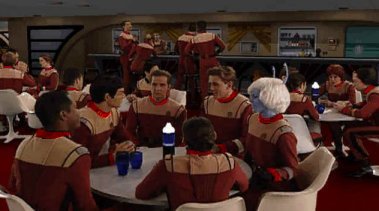
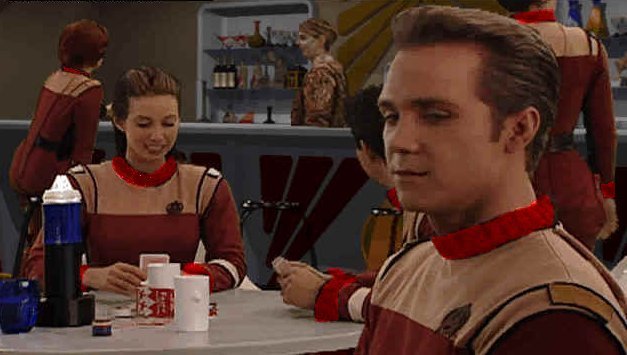 The favourite watering hole of Starfleet Cadets is The Launching Pad. This establishment serves beverages from across the Federation and is always a focus for singing, drinking, Dom Jot, group meetings and the odd moment of quiet contemplation during "periods of social stresses and development of personality" (kinder terms used for relationships, falling in love and being dumped... all parts of Academy life..). the Launching Pad is a place where all cadets will end up at some time during their four year training. Many famous cadets have passed through this bar, and more famous cadets are sure to follow them. The Launching pad offers an escape from the vigours and rigours of life at the Academy and offers a chance to unwind and think about other things for a while...
The favourite watering hole of Starfleet Cadets is The Launching Pad. This establishment serves beverages from across the Federation and is always a focus for singing, drinking, Dom Jot, group meetings and the odd moment of quiet contemplation during "periods of social stresses and development of personality" (kinder terms used for relationships, falling in love and being dumped... all parts of Academy life..). the Launching Pad is a place where all cadets will end up at some time during their four year training. Many famous cadets have passed through this bar, and more famous cadets are sure to follow them. The Launching pad offers an escape from the vigours and rigours of life at the Academy and offers a chance to unwind and think about other things for a while... There are a number of beverages available from this bar, both alcoholic and not. Traditional beers like Budweiser and Jack Daniels are served here, along with Slusho!, Cardassian Sunrise, Jestral Tea, Mareuvian Tea and many more. There are limits on the alcoholic drinks during a working week and being drunk is not good for your career prospects.
There are a number of beverages available from this bar, both alcoholic and not. Traditional beers like Budweiser and Jack Daniels are served here, along with Slusho!, Cardassian Sunrise, Jestral Tea, Mareuvian Tea and many more. There are limits on the alcoholic drinks during a working week and being drunk is not good for your career prospects. 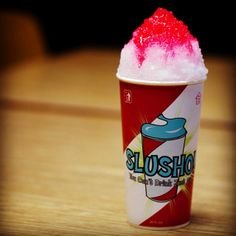 The Launching Pad also offers bar games like Dom Jot tables and pool. There is usually a league being run for the competative nature of the cadets. Card games can also be found onsite including poker, but gambling is strictly forbidden in the Academy. With the Academy spread over a large main site and dozens of annex locations off-site, the Launching Pad is often a good place to socialise with your classmates and catch up with them - especially when they are in different divisions learning different courses.
The Launching Pad also offers bar games like Dom Jot tables and pool. There is usually a league being run for the competative nature of the cadets. Card games can also be found onsite including poker, but gambling is strictly forbidden in the Academy. With the Academy spread over a large main site and dozens of annex locations off-site, the Launching Pad is often a good place to socialise with your classmates and catch up with them - especially when they are in different divisions learning different courses.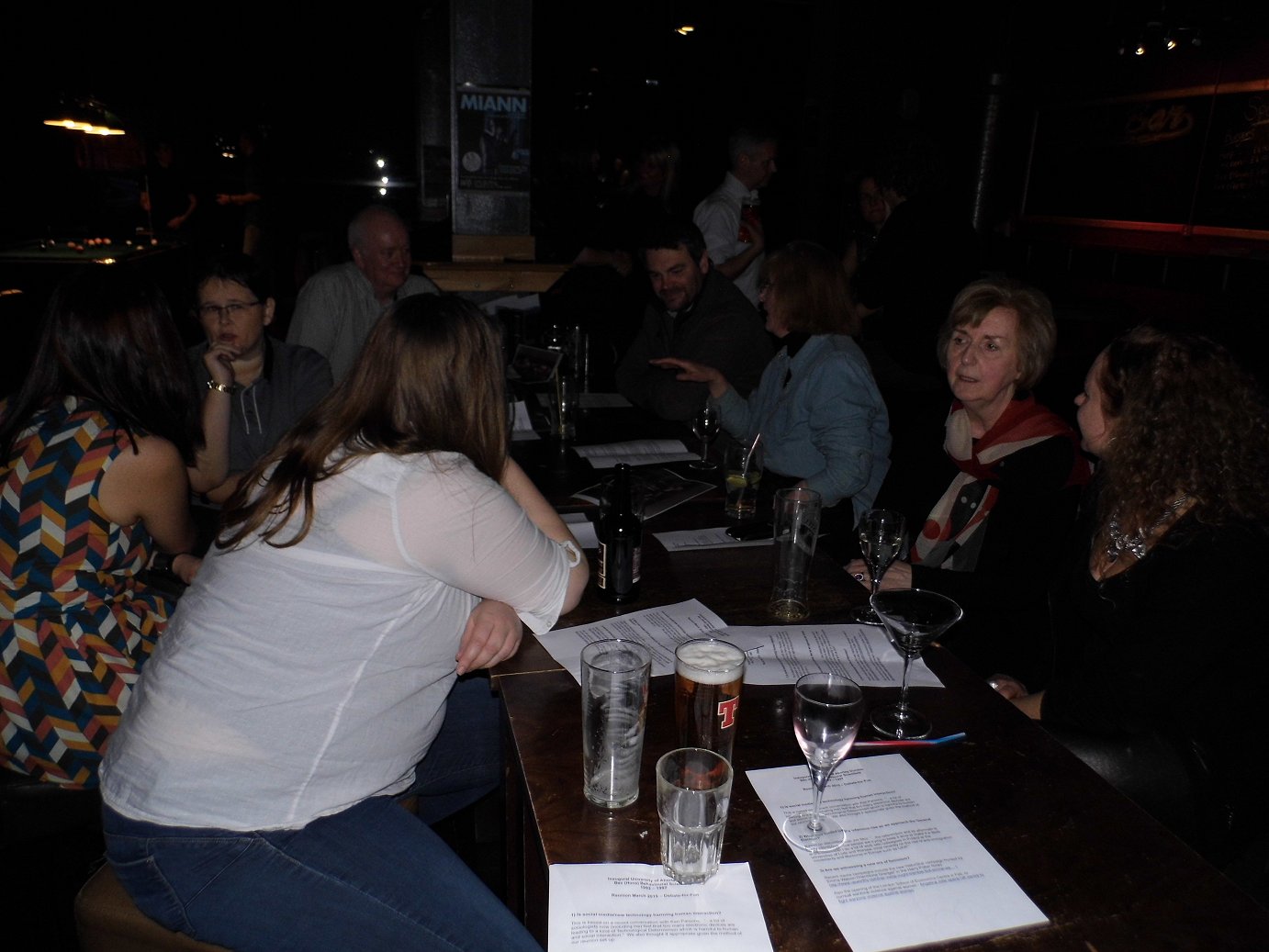

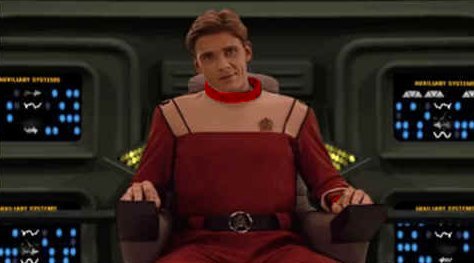
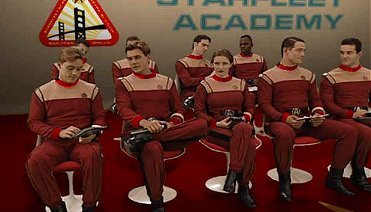 Command College - place of dreams realised and of dreams destroyed. It has been said on many an occasion that "No one joins Starfleet to just be a commander - only to be a Captain". Command College is the destination in the minds of most cadets - some would say of all. The Third Year of Starfleet Academy sees all of the potential Command College recruits placed in the main lecure theatre and addressed by the commandant and one or more senior captains of Starfleet. Past lecturing Captains have included Robert April, Christopher Pike, James T. Kirk, Spock, "Achilles" Stirling and Hikaru Sulu. All have shared their insights of command with the cadets. All have warned that the success rate in the Command College is low, the courses are deliberately hard and the attrition rate is much, much higher than anywhere else in Starfleet Academy.
Command College - place of dreams realised and of dreams destroyed. It has been said on many an occasion that "No one joins Starfleet to just be a commander - only to be a Captain". Command College is the destination in the minds of most cadets - some would say of all. The Third Year of Starfleet Academy sees all of the potential Command College recruits placed in the main lecure theatre and addressed by the commandant and one or more senior captains of Starfleet. Past lecturing Captains have included Robert April, Christopher Pike, James T. Kirk, Spock, "Achilles" Stirling and Hikaru Sulu. All have shared their insights of command with the cadets. All have warned that the success rate in the Command College is low, the courses are deliberately hard and the attrition rate is much, much higher than anywhere else in Starfleet Academy. 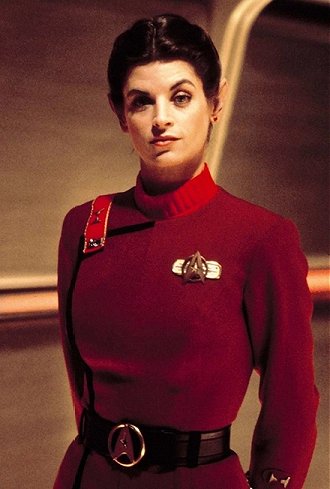 Command College cadets must prove that they have a higher-than-average ability to lead a group. It is one thing to say that Starfleet officer cadets must have a leadership ability, but command division cadets are the prospective captains of the future. These individuals will be polaced in positions of high responsibility from their first days out of the Academy. Command College cadets are given a great deal of respect- and rightly so - as these cadets must prove themselves worthy of the uniform that they wear to a greater degree than others (as could be argued). Command College cadets take the centre seat in the Bridge simulator and are cast into the fires of command responsibility as they learn that the buck stops with them.
Command College cadets must prove that they have a higher-than-average ability to lead a group. It is one thing to say that Starfleet officer cadets must have a leadership ability, but command division cadets are the prospective captains of the future. These individuals will be polaced in positions of high responsibility from their first days out of the Academy. Command College cadets are given a great deal of respect- and rightly so - as these cadets must prove themselves worthy of the uniform that they wear to a greater degree than others (as could be argued). Command College cadets take the centre seat in the Bridge simulator and are cast into the fires of command responsibility as they learn that the buck stops with them.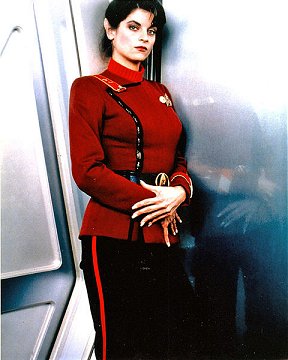 Command cadets are chosen from the top segment of Starfleet cadets and are given brevit, or temporary, ranks to perform their role with an actual commissioned rank. Mostly these cadets are made ensigns, like most officer cadets are at graduation, but the more capable top echelon of cadets can be made lieutenant (junior grade), lieutenant, or even lieutenant commander in exceptional cases for the class valedictorian and salutatorian (top cadet and second place at graduation, respectively).
Command cadets are chosen from the top segment of Starfleet cadets and are given brevit, or temporary, ranks to perform their role with an actual commissioned rank. Mostly these cadets are made ensigns, like most officer cadets are at graduation, but the more capable top echelon of cadets can be made lieutenant (junior grade), lieutenant, or even lieutenant commander in exceptional cases for the class valedictorian and salutatorian (top cadet and second place at graduation, respectively). 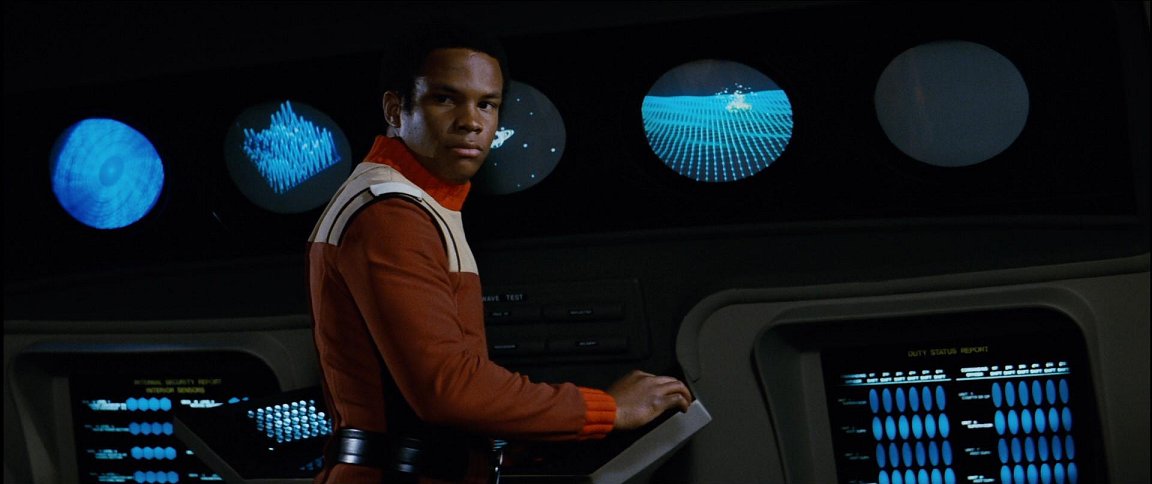

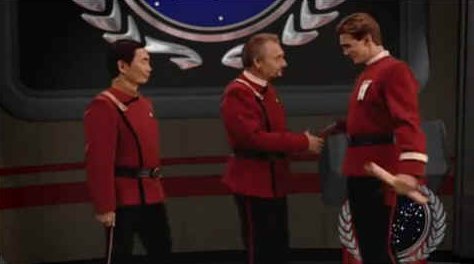
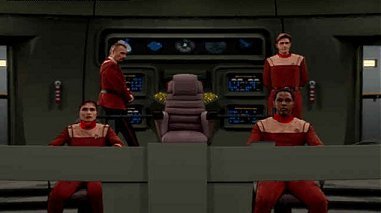 One of the most famous things about the Academy is the Bridge simulator. This simulator was based on the time-honoured Constitution class starship bridge layout, but was recently upgraded to Excelsior-class standards to reflect the new century. The bridge simulator is where all Command College cadets get to find out how they really handle the pressure, especially in the infamous Kobayashi Maru simulation. To date, Captain James T. Kirk is the only person to ever beat this simulation.
One of the most famous things about the Academy is the Bridge simulator. This simulator was based on the time-honoured Constitution class starship bridge layout, but was recently upgraded to Excelsior-class standards to reflect the new century. The bridge simulator is where all Command College cadets get to find out how they really handle the pressure, especially in the infamous Kobayashi Maru simulation. To date, Captain James T. Kirk is the only person to ever beat this simulation.
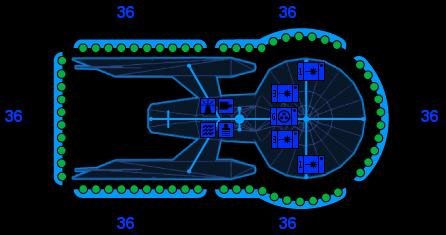
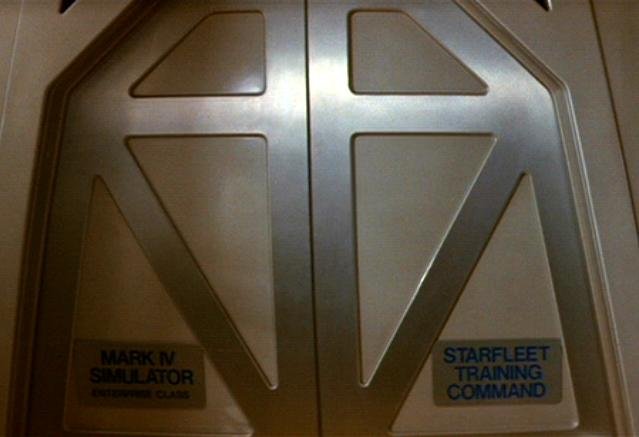 Missions in the simulator are usually set on an Okinawa or Oberth class vessel (the two most common classes of Starfleet ship) and give cadets their first feel of what life is like on a real starship. The starship simulator is named U.S.S. Neversail and can simulate the full range of starship missions, scenarios and emergency events to test the cadets in all necessary methods.
Missions in the simulator are usually set on an Okinawa or Oberth class vessel (the two most common classes of Starfleet ship) and give cadets their first feel of what life is like on a real starship. The starship simulator is named U.S.S. Neversail and can simulate the full range of starship missions, scenarios and emergency events to test the cadets in all necessary methods.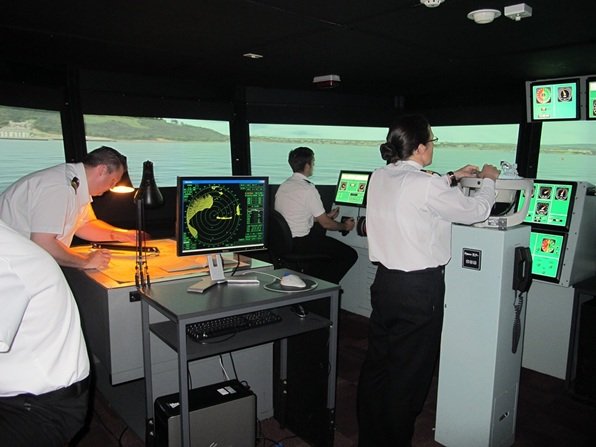
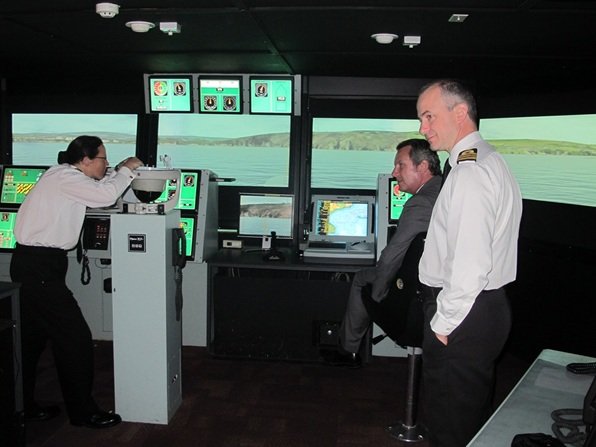 Author's notes:
Author's notes: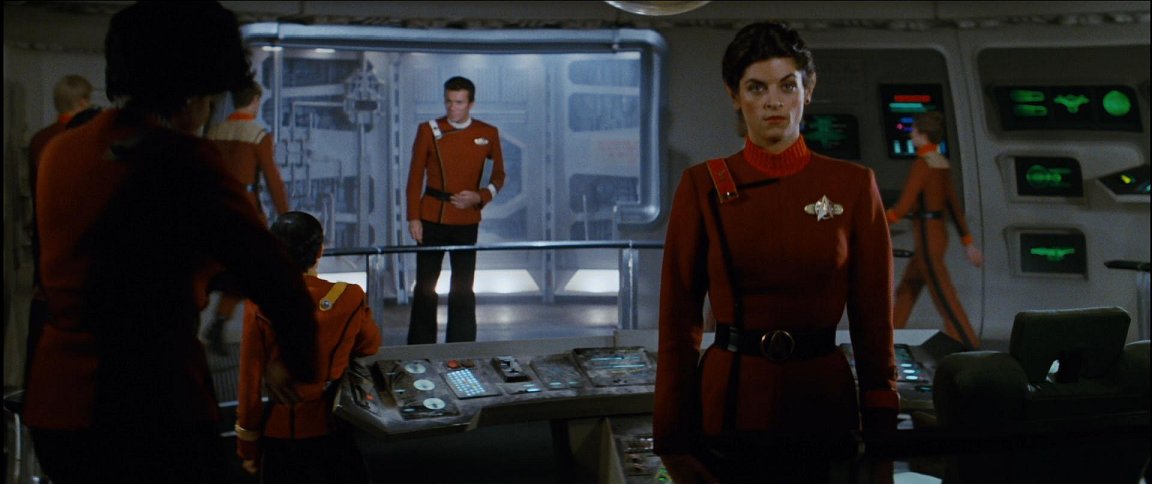
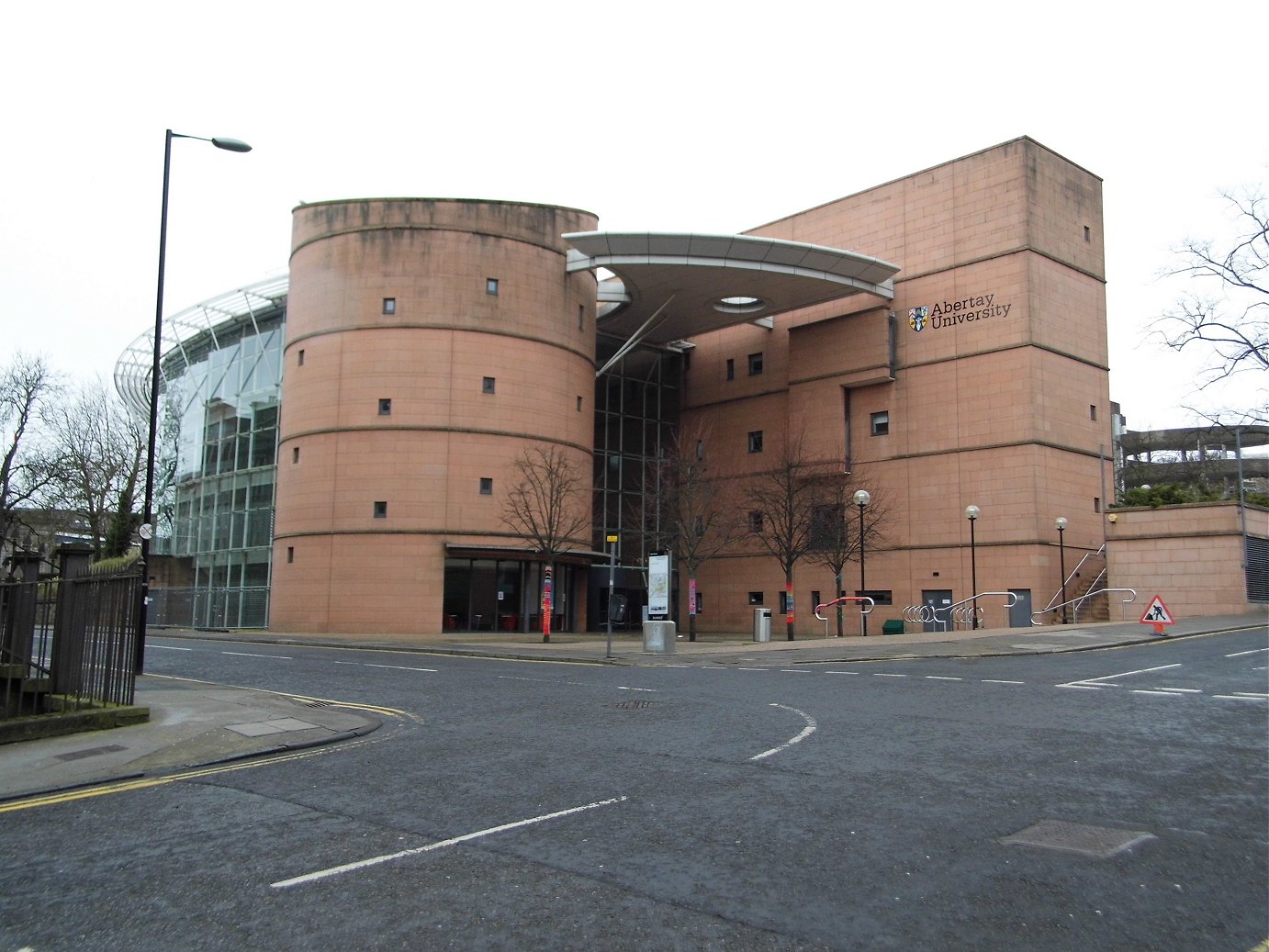




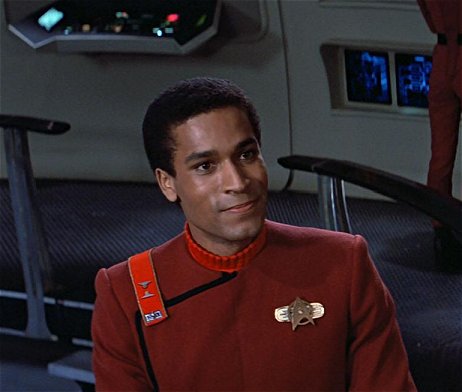
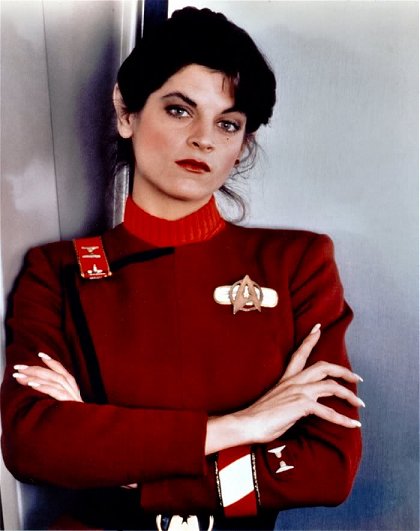 Graduation is the culmination of four years of training at Starfleet Academy and the various annexes, starships and affiliated universities. Graduation means as a Starfleet Officer you accept the commission from the President of the United Federation of Planets to serve as an officer. Prior to this it is possible to have served as a brevit officer rank with the flame red undershirt and collar with a divisional slash on the left cuff band and on the back of the right shoulder strap (See Lieutenant Saavik uniform on the right).
Graduation is the culmination of four years of training at Starfleet Academy and the various annexes, starships and affiliated universities. Graduation means as a Starfleet Officer you accept the commission from the President of the United Federation of Planets to serve as an officer. Prior to this it is possible to have served as a brevit officer rank with the flame red undershirt and collar with a divisional slash on the left cuff band and on the back of the right shoulder strap (See Lieutenant Saavik uniform on the right). 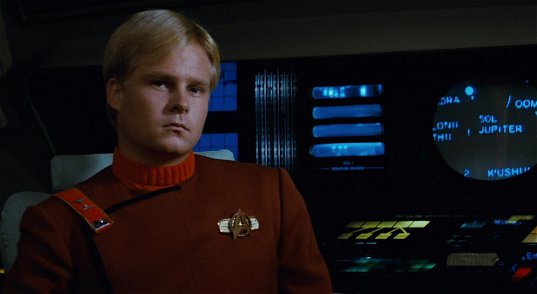 Therefore it is actually possible that Saavik was in her fifth year at the Academy, acting as a tutor training the new cadets. However, it is implied strongly in the movie that Saavik joined Starfleet in 2281 and was in her final year as a cadet. Perhaps the top percentile in a graduating class are given a brevit rank before graduation?
Therefore it is actually possible that Saavik was in her fifth year at the Academy, acting as a tutor training the new cadets. However, it is implied strongly in the movie that Saavik joined Starfleet in 2281 and was in her final year as a cadet. Perhaps the top percentile in a graduating class are given a brevit rank before graduation?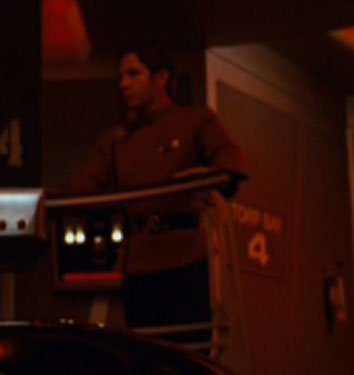 As far as can be seen from the costuming, Saavik, Foster and the two unnamed Lieutenant (jg) are officer cadets and the rest are enlisted cadets. It is only after the Star Trek Encyclopedia shwed enlisted jumpsuits as trainees and Star Trek: Starfleet Academy showed officer cadets in the jumpsuits that it was implied ALL cadets wear the jumpsuits. Star Trek Nemesis finally canonised this with a photo of Tom Hardy as Cadet Picard, curiously minus Starfleet insignia and departmental epaulettes.
As far as can be seen from the costuming, Saavik, Foster and the two unnamed Lieutenant (jg) are officer cadets and the rest are enlisted cadets. It is only after the Star Trek Encyclopedia shwed enlisted jumpsuits as trainees and Star Trek: Starfleet Academy showed officer cadets in the jumpsuits that it was implied ALL cadets wear the jumpsuits. Star Trek Nemesis finally canonised this with a photo of Tom Hardy as Cadet Picard, curiously minus Starfleet insignia and departmental epaulettes.
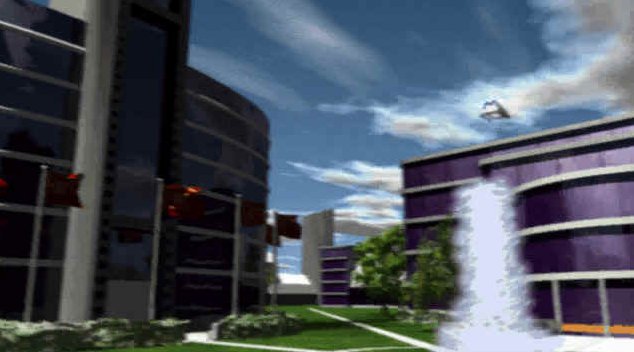

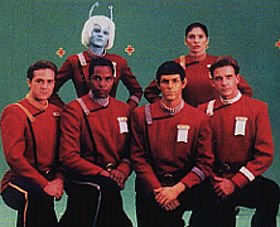
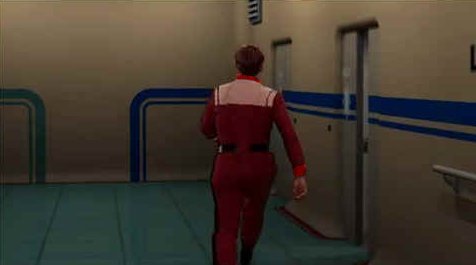 Author's Notes:
Author's Notes: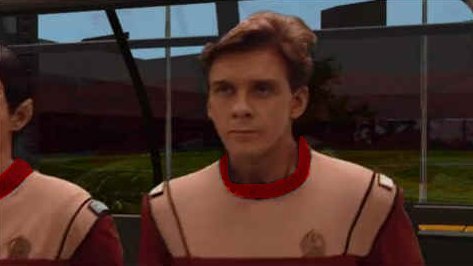
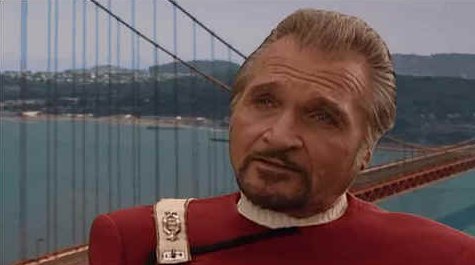 Commandant Aex Rotherot: (played by Christopher Weeks)The captain-rank depicted character should have been flag rank of commodore or above. The Commadant is in charge of the Academy as a whole. In the game, Rotherot presented many of the command division missions and talked of the U.S.S. Sentinel incident and the massacre on Bicea by the Klingons. The commandant gives the graduation speech as well as the course introduction. As with a university chancellors, they don't really take that many lectures themselves, but their presence as the figurehead of the facility is certain. In many respects he is the captain of this ship and is responsible for all of the lecturers and cadets. He will be the final arbiter in any dispute.
Commandant Aex Rotherot: (played by Christopher Weeks)The captain-rank depicted character should have been flag rank of commodore or above. The Commadant is in charge of the Academy as a whole. In the game, Rotherot presented many of the command division missions and talked of the U.S.S. Sentinel incident and the massacre on Bicea by the Klingons. The commandant gives the graduation speech as well as the course introduction. As with a university chancellors, they don't really take that many lectures themselves, but their presence as the figurehead of the facility is certain. In many respects he is the captain of this ship and is responsible for all of the lecturers and cadets. He will be the final arbiter in any dispute.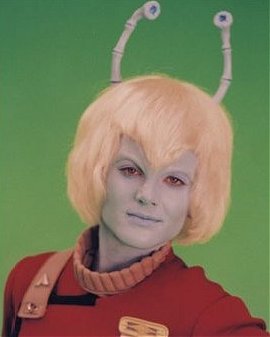
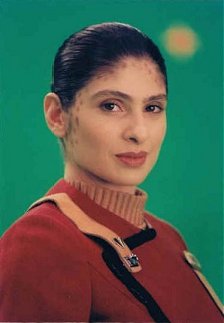 Cadet Vanda M'Giia: (played by Julianna Robinson) Andorian daughter of a famous Federation ambassador. She loses family in the attack on Bicea and has difficulty addressing the strong feelings that provokes. M'Giia goes on to graduate in communications and went on to advanced classes in the Federation Diplomatic Corps, going on to specialise in the Klingons and is responsible for several treaties.
Cadet Vanda M'Giia: (played by Julianna Robinson) Andorian daughter of a famous Federation ambassador. She loses family in the attack on Bicea and has difficulty addressing the strong feelings that provokes. M'Giia goes on to graduate in communications and went on to advanced classes in the Federation Diplomatic Corps, going on to specialise in the Klingons and is responsible for several treaties. 
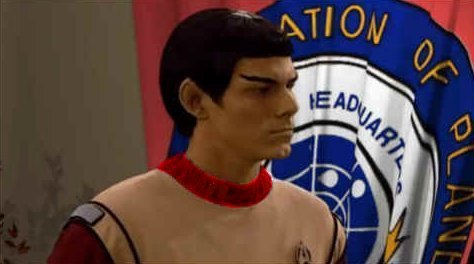 Geoffrey Corin: (Played by Allan Lewis) was from one of the wealthiest families on Alpha Centauri. Corin is flippant and diffuses his shortcomings with humour. He likes to wind up his colleagues, is rumoured to have bought his way in and rejected Command School as he didn't want the responsibility. Truth is that Corin found the course hard and graduated with effort.
Geoffrey Corin: (Played by Allan Lewis) was from one of the wealthiest families on Alpha Centauri. Corin is flippant and diffuses his shortcomings with humour. He likes to wind up his colleagues, is rumoured to have bought his way in and rejected Command School as he didn't want the responsibility. Truth is that Corin found the course hard and graduated with effort.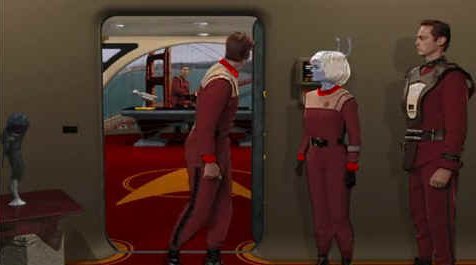
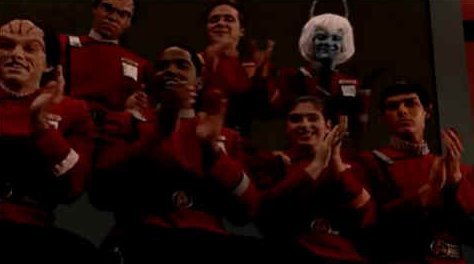 Robin Brady - (played by Chuck Beyer) is the socially reclusive engineering genius of the Forester team. Brady is persuaded by Forester to socialise, ironically resulting in him asking out Faith Gage. Gage then uses his access codes to gain access to a lab and plant a bomb that nearly kills Sturek. Brady graduates rank ensign and ends up on the U.S.S. Argosy, where a transporter accident causes him to retire.
Robin Brady - (played by Chuck Beyer) is the socially reclusive engineering genius of the Forester team. Brady is persuaded by Forester to socialise, ironically resulting in him asking out Faith Gage. Gage then uses his access codes to gain access to a lab and plant a bomb that nearly kills Sturek. Brady graduates rank ensign and ends up on the U.S.S. Argosy, where a transporter accident causes him to retire.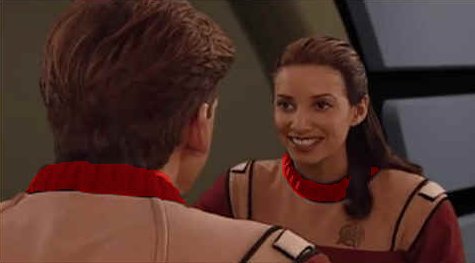
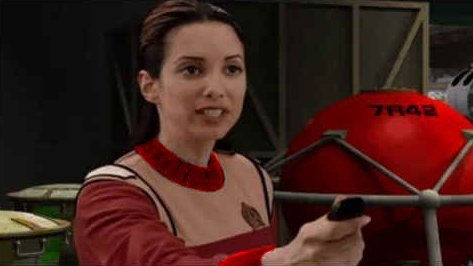 Faith Gage: - (played by Leslie Danon)was a command school candidate from the Class of 2290. Gage was part of the Vanguard - a group of people who wanted the Federation to remain faithful to itself, that the core values were being undermined from within and that external races like the Klingons needed eliminating. Faith showed affection towards Cadet Robin Brady of the Engineering School, initially as love and later as a means to further the cause of the Vanguard. When Cadet Sturek discovered evidence of the Meclanti, exonerating the Klingons, Gage used the access codes of Brady to enter the lab and set a bomb. When Cadet Forester then pretended to play along with Gage and took her to the lab to destroy 'other evidence', she was captured by Captain Sulu and security.
Faith Gage: - (played by Leslie Danon)was a command school candidate from the Class of 2290. Gage was part of the Vanguard - a group of people who wanted the Federation to remain faithful to itself, that the core values were being undermined from within and that external races like the Klingons needed eliminating. Faith showed affection towards Cadet Robin Brady of the Engineering School, initially as love and later as a means to further the cause of the Vanguard. When Cadet Sturek discovered evidence of the Meclanti, exonerating the Klingons, Gage used the access codes of Brady to enter the lab and set a bomb. When Cadet Forester then pretended to play along with Gage and took her to the lab to destroy 'other evidence', she was captured by Captain Sulu and security. 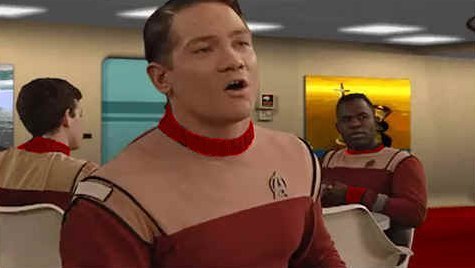
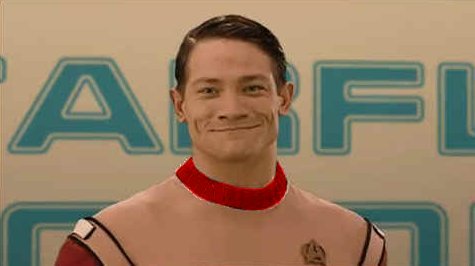 Frank Malan -(played by Peter Flanders) Malan was a command school member of the Class of 2290. Malan was a vocal supporter of the Vanguard, espousing the virtues of humans running the Federation. Eventually Malan and the Vanguard set their plan into motion, setting charges at the Presidents office in Paris and also Starfleet Security- among other locations. The plan was a coup d'etat with the President and Federation Council overthrown and Captain James T. Kirk stepping in to take command.
Frank Malan -(played by Peter Flanders) Malan was a command school member of the Class of 2290. Malan was a vocal supporter of the Vanguard, espousing the virtues of humans running the Federation. Eventually Malan and the Vanguard set their plan into motion, setting charges at the Presidents office in Paris and also Starfleet Security- among other locations. The plan was a coup d'etat with the President and Federation Council overthrown and Captain James T. Kirk stepping in to take command.





